


































































We’re going to let you in on a secret. Billionaires have billions because they know value is not increased by an in ated price. ey avoid big name markups, and aren’t swayed by ashy advertising. When you look on their wrist you’ll nd a classic timepiece, not a cry for attention–– because they know true value comes from keeping more money in their pocket. We agree with this thinking wholeheartedly. And, so do our two-and-a-half million clients. It’s time you got in on the secret too. e Jet-Setter Chronograph can go up against the best chronographs in the market, deliver more accuracy and style than the “luxury” brands, and all for far, far less. $1,150 is what the Jet-Setter Chronograph would cost you with nothing more than a di erent name on the face.


With over two million timepieces sold (and counting), we know a thing or two about creating watches people love. e Jet-Setter Chronograph gives you what you need to master time and keeps the super uous stu out of the equation. A classic in the looks department and a stainless steel power tool of construction, this is all the watch you need. And, then some. Your satisfaction is 100% guaranteed. Experience the Jet-Setter Chronograph for 30 days. If you’re not convinced you got excellence for less, send it back for a refund of the item price. Time is running out. Now that the secret’s out, we can’t guarantee this $29 chronograph will stick around long. Don’t overpay to be underwhelmed. Put a precision chronograph on your wrist for just $29 and laugh all the way to the bank. Call today!




 By Nick Carter
By Nick Carter
Winter is the best time to sh,” said Capt. Chris Cameron, “the only problem is the weather.”
Capt. Cameron is owner/operator of Fired Up Fishing Charters out of Cocoa Beach, Fla. He said it was tough to nd good weather windows this November and early December, but that o shore shing is primed to re o like a Space Coast rocket whenever conditions stabilize.
Winter on Florida’s Atlantic Coast can be spectacular because of all the migratory species that push down to overwinter in milder temperatures. King sh, cobia, black n tuna, sail sh and others are all hunting the reefs about 18 miles o Port Canaveral. e key to the shery is menhaden.
“ is time of year, you get these huge baitballs,” said Capt. Cameron, “and there are all these sh following the bait around. You nd sh where you nd ‘bunka’ congregating on the reefs.”
Cameron is a transplant from Long Island, New York, and even a er more than two decades living and shing Florida’s east coast, he still refers to menhaden as “bunka,” which is Yankee dialect for bunker, which is what they call pogies up where boats are winterized this time of year.
“On good days, when you can get o shore and the water is clean, we might catch a limit of kings, a couple cobia, a couple black ns and hopefully a sail sh,” Cameron said. Even with 2022’s tightening of cobia regs, that’s a fun and delicious mixed bag to ll the freezer.

At places like Pelican Reef and 8A Reef, where depths range from 75 to 85 feet, Cameron nds the bait and then goes to work slow trolling live baits on double-hook stinger rigs and 20-pound line and tackle. He said he pulls baits at about 1 knot, which allows them to swim along naturally.
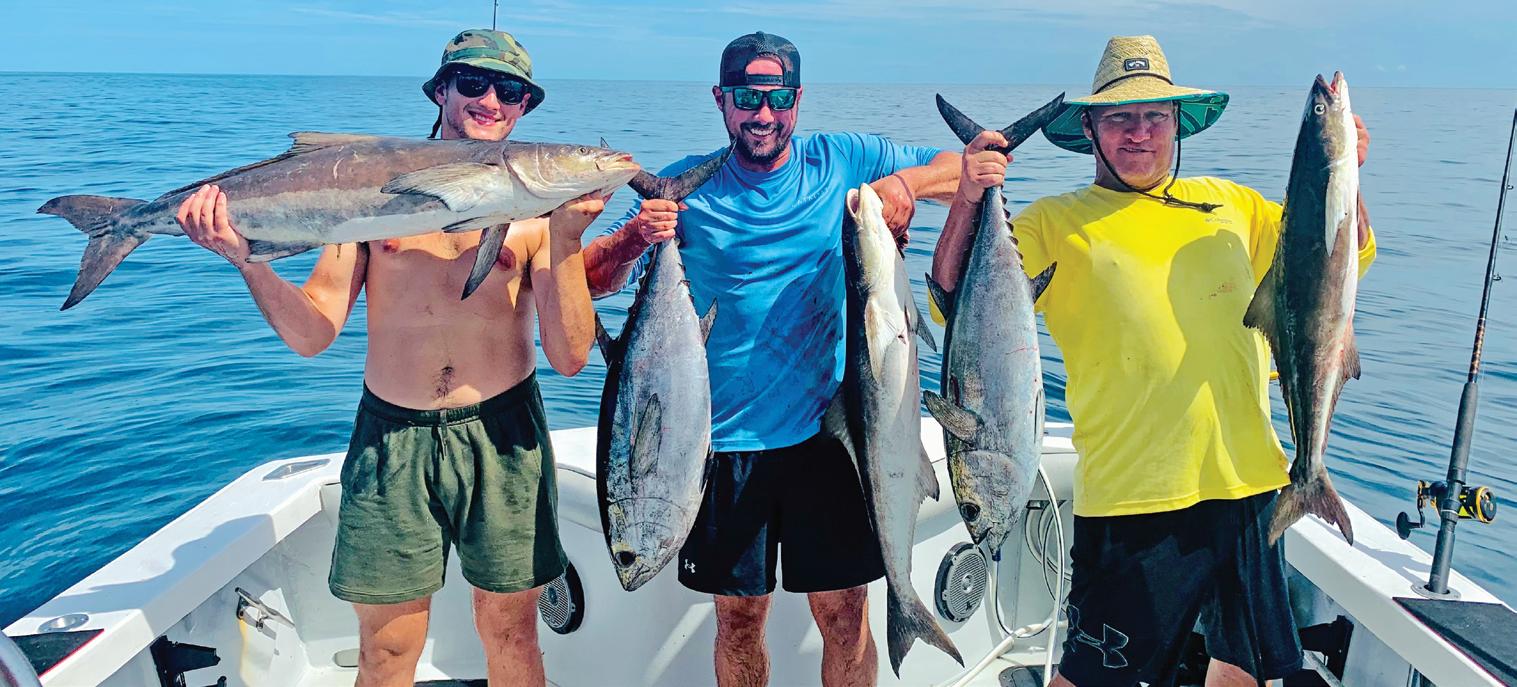
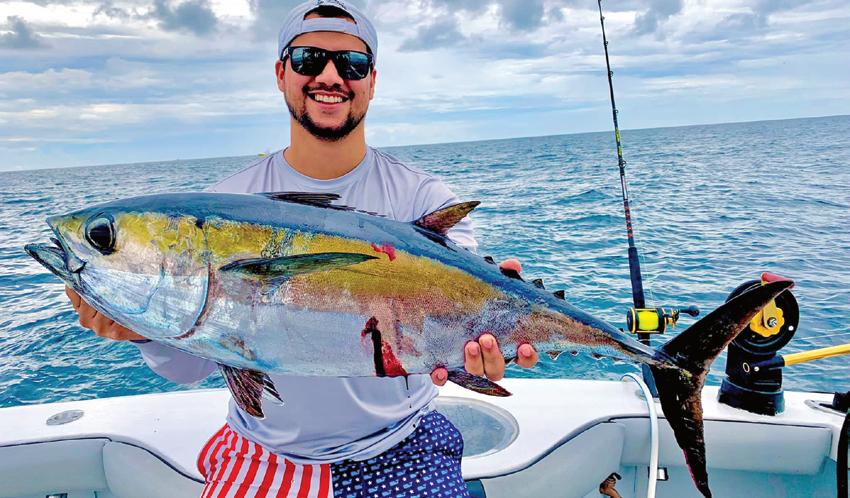
“ e thing with slow trolling is you never know what you’re going to get,” said Cameron. “It could be a big king, a sail sh, a cobia or a shark.”
Pitch rods are kept ready in case a cobia shows up on the surface. Cameron said he’s learned from experience not to over-stimulate cruising cobia by throwing multiple lines at once. Usually, clients can convince cobia to bite with a one-two punch. ey keep a squid-tipped bucktail ready for a quick cast. If that doesn’t draw a strike, it allows time to slap a live bait on the second rig, which is a simple 5/0 circle hook.
Shrimp boats are another option Cameron seeks out this time of year. Although chasing them can be a bit of a time gamble, since they are usually 25 miles o shore over 200 feet of water, they can be extremely productive.
“If you see a shrimp boat o in the distance or spot one on the radar, it’s almost always worth a shot,” Cameron said. “When they dump their bycatch in the morning, it pulls everything up.”
Fishing shrimp boats can be short-lived, but
it can also provide fast action for the same species that come o the reef. For this bite, Cameron beefs up to 6500 spinning gear and 50-pound braid and 50-pound mono leaders. He keeps four pitch rods ready, two with bucktails and two with live baits, because the bite can turn into sight shing

in a hurry. Meanwhile, he’ll search with freelined pogies on a knocker rig.
Contact Capt. Chris Cameron and Fired Up Fishing Charters through their website at redupcharters.com.

Winter’s cold fronts consolidate wahoo to their preferred temperature ranges across their range. is makes them easier to target than at any other time of year. e following is a short list of very good destinations for wintertime wahoo.


San Salvador, Bahamas: Way out in the Atlantic in the southern Bahamas, the waters o San Salvador hold one of the best wahoo sheries in the world. Peak wahoo season is December through April, when hordes of ’hoos migrate to the area’s warm waters. e island might just be the

best place on the planet for a shot at a triple-digit wahoo, and the right conditions can yield fast action for 50-pounders, as well.

Within a short 10-mile run o the island, a seamount rises to 180 feet from 4,000 feet of water. is hump is a well-known feature, where wahoo congregate to feed on schools of small tuna. e remoteness of San Salvador keeps shing pressure in check, but it also makes this one of those bucketlist trips you plan ahead for.
Galveston, Texas: O shore humps out of Galveston, Texas also lay claim to some of the best wahoo shing in the world, and every winter anglers connect with giants. is shery, however, is reserved for anglers with the gumption to make 100-mile overnight runs to features like East and West Flower Gardens to catch the morning bite.
Windows of good weather and big, fast boats are a requirement to reach the shing grounds at the edge of the Continental shelf, where wahoo pile up with bait sh on steep depth changes of rock structure.
Murrell’s Inlet, South Carolina: O the South Carolina coast, cooling water temperatures con ne wahoo to the warm water at the edge of the Gulf Stream. is makes them much easier to target than when they are spread out in summer.
Depth changes and structure at the edge of the Continental Shelf, combined with warm 70 to 80 degree waters of the Gulf Stream can be found 50 or 60 miles o the coast. ese structures hold bait sh in the temperature range where wahoo are comfortable. Covering lots of water with high-speed spreads trolls up the best wahoo of the year, every year.
Venice, Lousiana: It seems everything o shore of Louisiana is about the oil rigs, and in wintertime the oil rigs are all about wahoo. e key to nding wahoo on the rigs is nding the right temperature range, and the magic number is 60 degrees. Wahoo congregate and feed around the rigs where there is bait and water temperatures of at least 60 degrees.
One of the great things about Venice is there are deep-water rigs relatively close to shore at just 15 or 20 miles, which means it’s possible to nd a good weather window and go. e Louisiana coast also boasts some of the best catch rates for wahoo in the world, and 50- to 60-pound sh are the norm.
The very best hunting knives possess a perfect balance of form and function. They’re carefully constructed from fine materials, but also have that little something extra to connect the owner with nature.

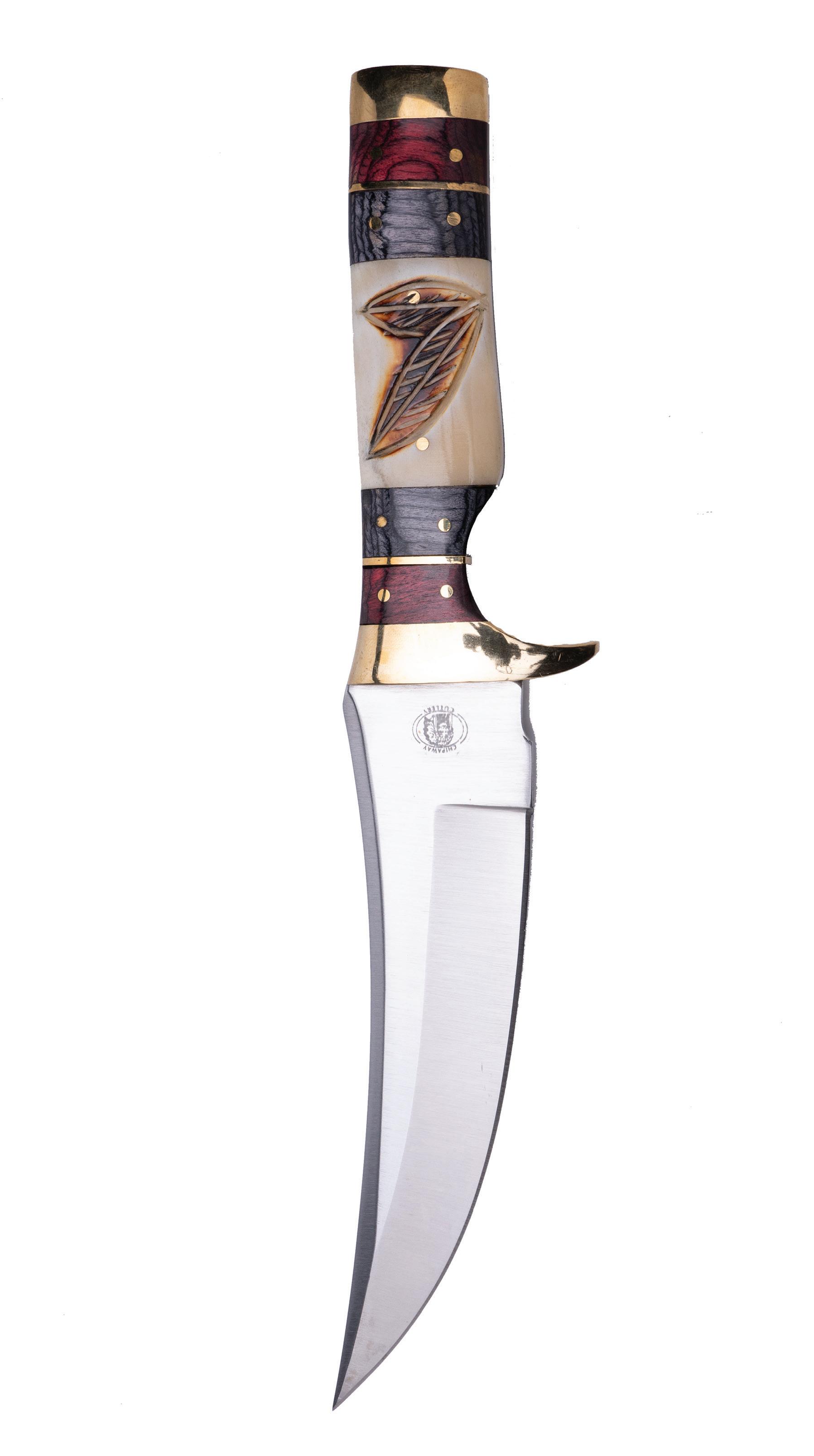
If you’re on the hunt for a knife that combines impeccable craftsmanship with a sense of wonder, the $79 Huntsman Blade is the trophy you’re looking for.
The blade is full tang, meaning it doesn’t stop at the handle but extends to the length of the grip for the ultimate in strength. The blade is made from 420 surgical steel, famed for its sharpness and its resistance to corrosion.


The handle is made from genuine natural bone, and features decorative wood spacers and a hand-carved motif of two overlapping feathers— a reminder for you to respect and connect with the natural world.
This fusion of substance and style can garner a high price tag out in the marketplace. In fact, we found full tang, stainless steel blades with bone handles in excess of $2,000. Well, that won’t cut it around here. We have mastered the hunt for the best deal, and in turn pass the spoils on to our customers.
But we don’t stop there. While supplies last, we’ll include a pair of $99 8x21 power compact binoculars and a genuine leather sheath FREE when you purchase the Huntsman Blade.

Your satisfaction is 100% guaranteed. Feel the knife in your hands, wear it on your hip, inspect the impeccable craftsmanship. If you don’t feel like we cut you a fair deal, send it back within 30 days for a complete refund of the item price.

Limited Reserves. A deal like this won’t last long. We have only 1120 Huntsman Blades for this ad only. Don’t let this beauty slip through your fingers. Call today!
“This knife is beautiful!” — J., La Crescent, MN
“The feel of this knife is unbelievable...this is an incredibly fine instrument.” — H., Arvada, CO

With grouper season over, it’s time to switch gears and concentrate on other species. is is the time of year to size down and go for the snappers. Depending on water temps, it’s also a good idea to keep a light line out for any pelagics that swim by.
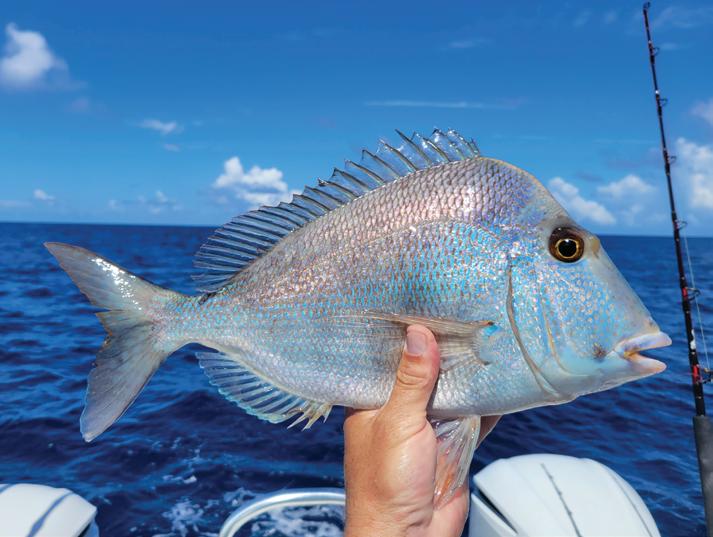

I love yellowtail and a mangrove snappers, but I really like jolt heads, trigger sh, pinkies, black seabass and hog snapper. I treat bottom shing like I’m going (organic) grocery shopping. First and foremost, I don’t shop on every aisle of the grocery store. I go down the aisles that contain the items I really want. e best groceries come from di erent places on the bottom and from di erent depths.
Farther north up the Atlantic coast there are a lot of beeliners (vermilion snapper) taking the place of yellowtails. In this mix will be trigger sh, which I absolutely love! Beeliners and trigger sh have one thing in common: the largest ones of the school stay higher in the water column. is is why I like to sh a level-wind reel versus a spinning reel with small circle hooks for this style of snapper shing. I start dropping one “strip” of the reel
at a time until I get down to the sh. A “strip” is the distance of raising the rod up with your thumb o the spool, and putting your thumb back on the spool. Simply let your thumb o the spool and let it fall in 10-foot “strips” while raising the rod tip upwards. Count the strips it takes to get down to the bites. Four strips will be approximately 40 feet deep. Note where you feel the rst bite. is will usually be the largest triggers and beeliners in the school. If you stop getting bites or you’re only catching smaller sh, let this same tackle go deeper or all the way to the bottom. is is where you’ll catch the jolt heads, black sea bass, mangroves and hogs.
I use a two-hook “chicken rig” made of 50-pound uoro with small circle hooks and a 3-ounce bank sinker. I bait it with small pieces of squid. A small 2- or 3-ounce jig works with the same tackle as the weight instead of a bank sinker. is is especially e ective on large triggers. Just replace the treble hooks or single
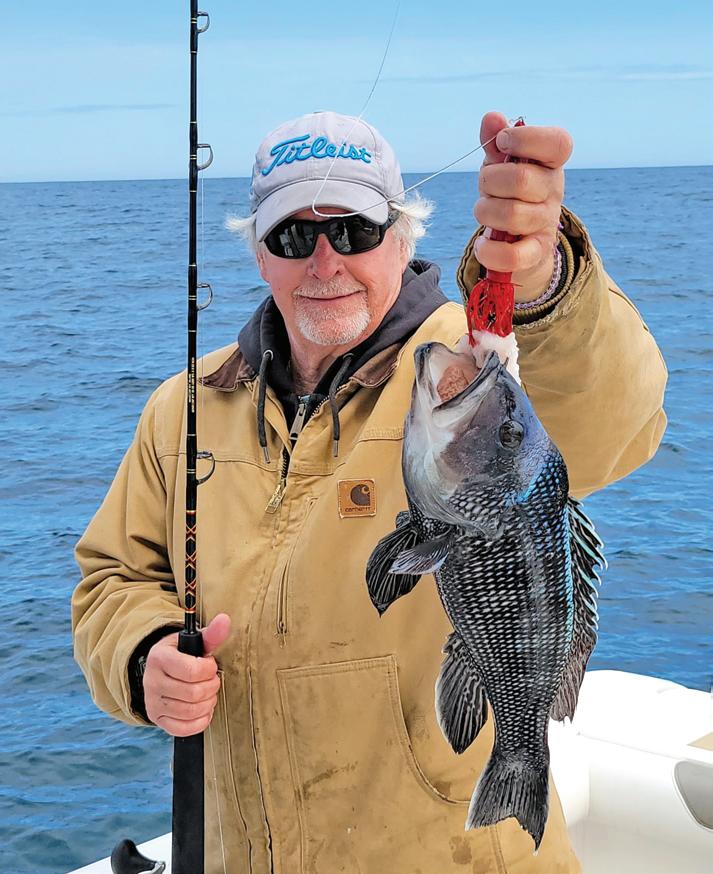

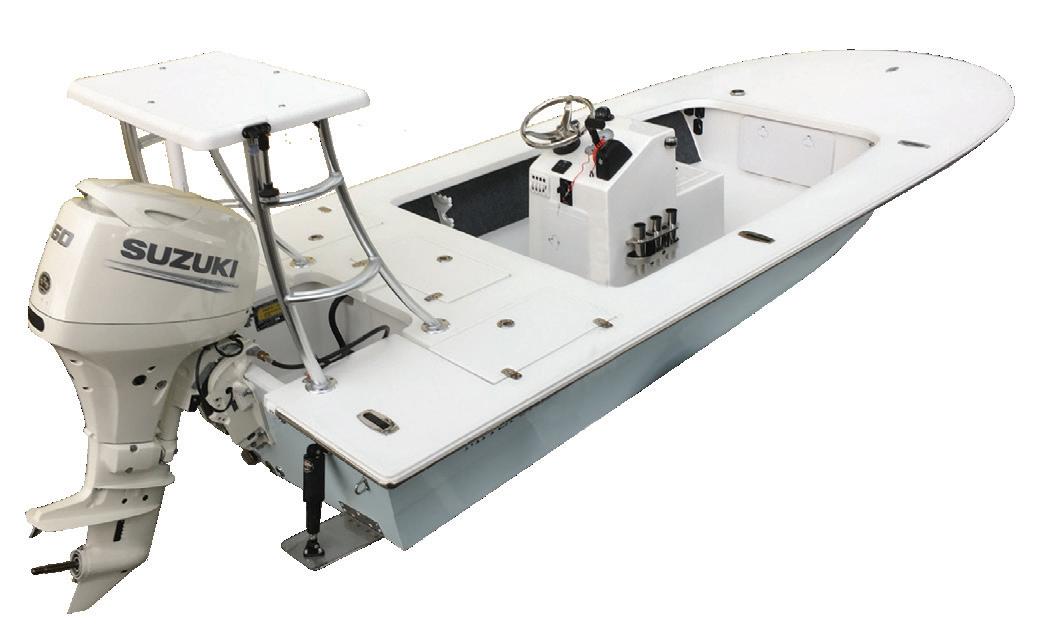
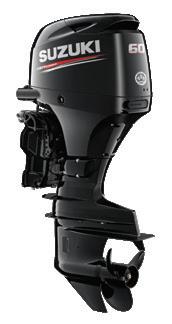
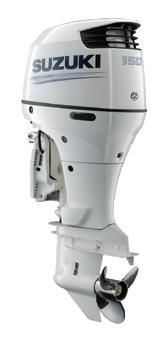


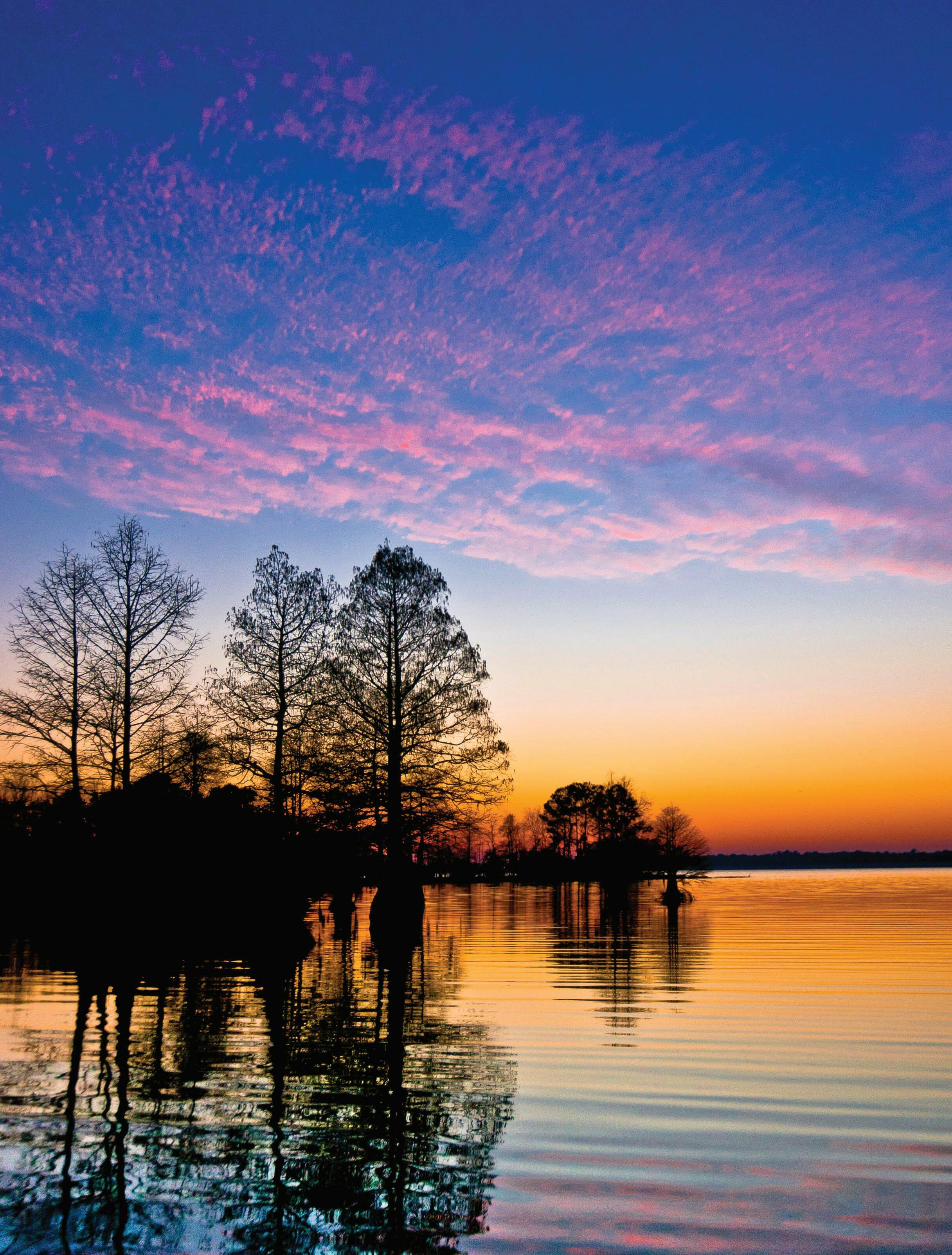
J hooks on the back of the jig with small circle hooks and tip with a small piece of squid.
I could go on and on about this style of shing. e limits are pretty good and the reward comes at the table. It is a good time of year to take youngsters out, because this style of shing produces lots of action, and it’s not heavy-duty grouper shing. Little ones love a trip to the “organic grocery store.”
See more from Tim Barefoot at www.barefootcatsandtackle.com and check out a video explaining this style of shing at https://bit.ly/3YcVzV1.









Wprivileged to guide clients there. We have broken many personal bests, and I get goosebumps every morning I launch the boat because I know the quality of sh.
Headwaters Lake is a 10,000-acre manmade lake in Indian River County adjacent to the well-known Stick Marsh and Farm 13. Prior to ooding the land, the FWC and the St. Johns River Management District created habitat with numerous underwater structures, ooded timber, vegetation and 30-foot-deep pits. ere were already existing ponds and pits on the property that contained resident bass, and nearly a million Florida strain bass were stocked along with bluegill, redear sun sh and crappie. ere are thousands of acres of submerged vegetation, mostly hydrilla, along with acres of cattails, spatterdock pads and hyacinth mats that are super fun to sh.
In central Florida, January and February are primetime, when bass are in full prespawn mode and waves of females move up to the ats to spawn. Air and water temperatures drop considerably a er cold fronts. Severe cold fronts a ect the ckle Florida strain bass, but not for long. Usually two days post front, conditions warm up and sh eat well again. ese weather changes transition bass and bait sh from summer patterns into fall and winter staging areas. ey feed heavily on shad and other forage and stage near the spawning ats.
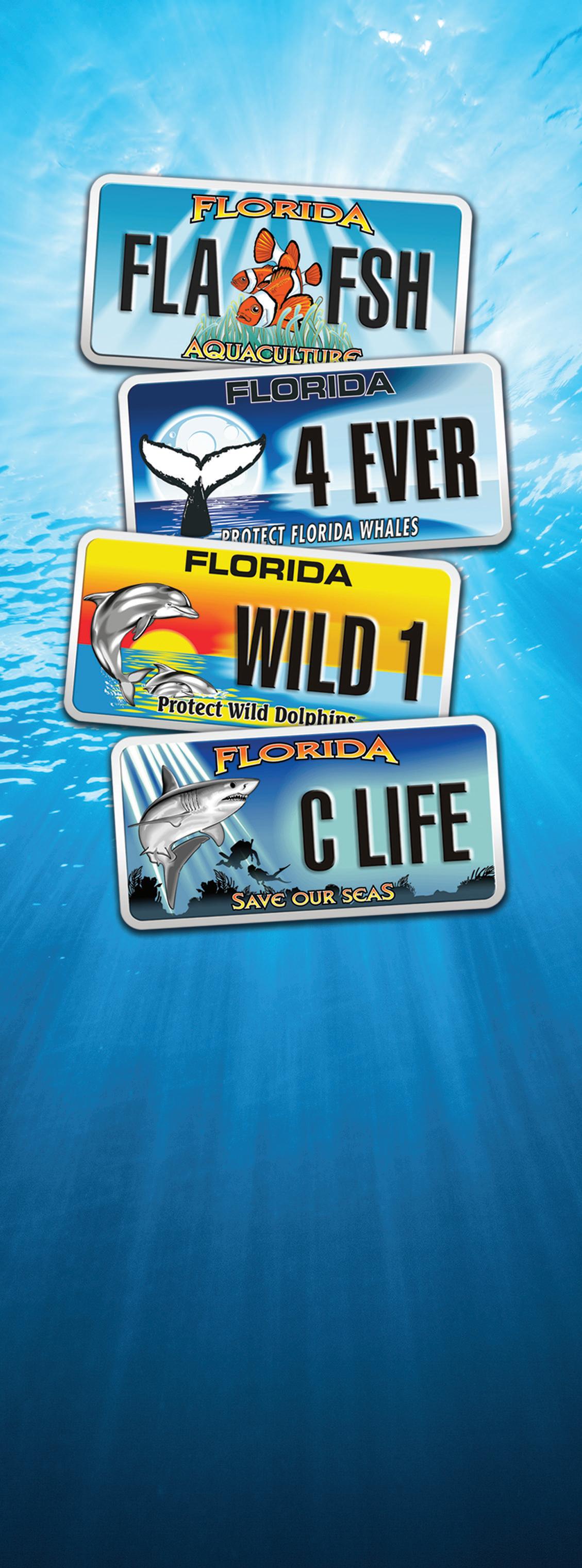

When full moons and 60-degree water temps coincide, bass move onto the ats. ey spawn in waves. Spawning sh select isolated hydrilla clumps, reeds and the bases of pad stems to fan out beds. Hard sand bottom is key. Use sonar to locate hard bottom or stick your rod tip into the water to feel the bottom. If your rod tip pushes into mud, keep moving until you nd sand and then search for isolated cover.
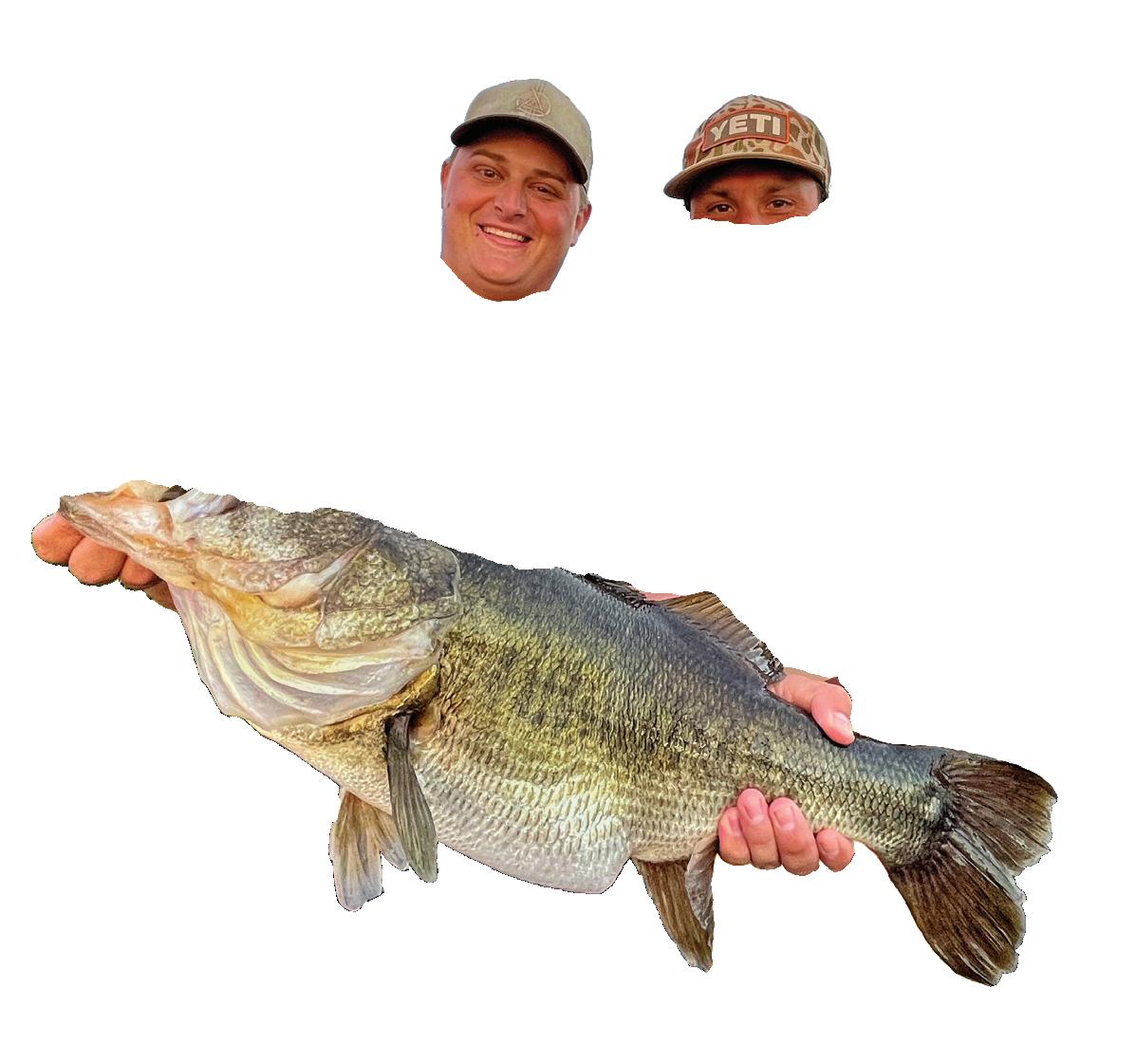
My other primary focus is staging areas. Staging sh eat well and are plump as they congregate to wait for prime conditions to move up and spawn. New sh constantly come and go using the same areas, so they are extremely productive this time of year.
Ditches and canals on Headwaters are highways that bass and bait sh utilize to stage. e intersections and mouths of these canals are high percentage areas to locate schools of sh. Find a canal with nearby ats as well as pits or deeper water for bass to retreat to, and you will nd sh. ey stage on tapering drop o s, mouths of intersections, deep ditches and on main-lake points to ambush bait. I target staging sh with 6- to 8-inch paddletails, glidebaits, Rat-L-Traps, jerkbaits, chatterbaits, prop baits, Whopper Ploppers, spinnerbaits, stick worms and speed worms.
Contact Capt. Ricky Congero through his website at www.blackcloud shing.com or call him at (407) 693-6153.

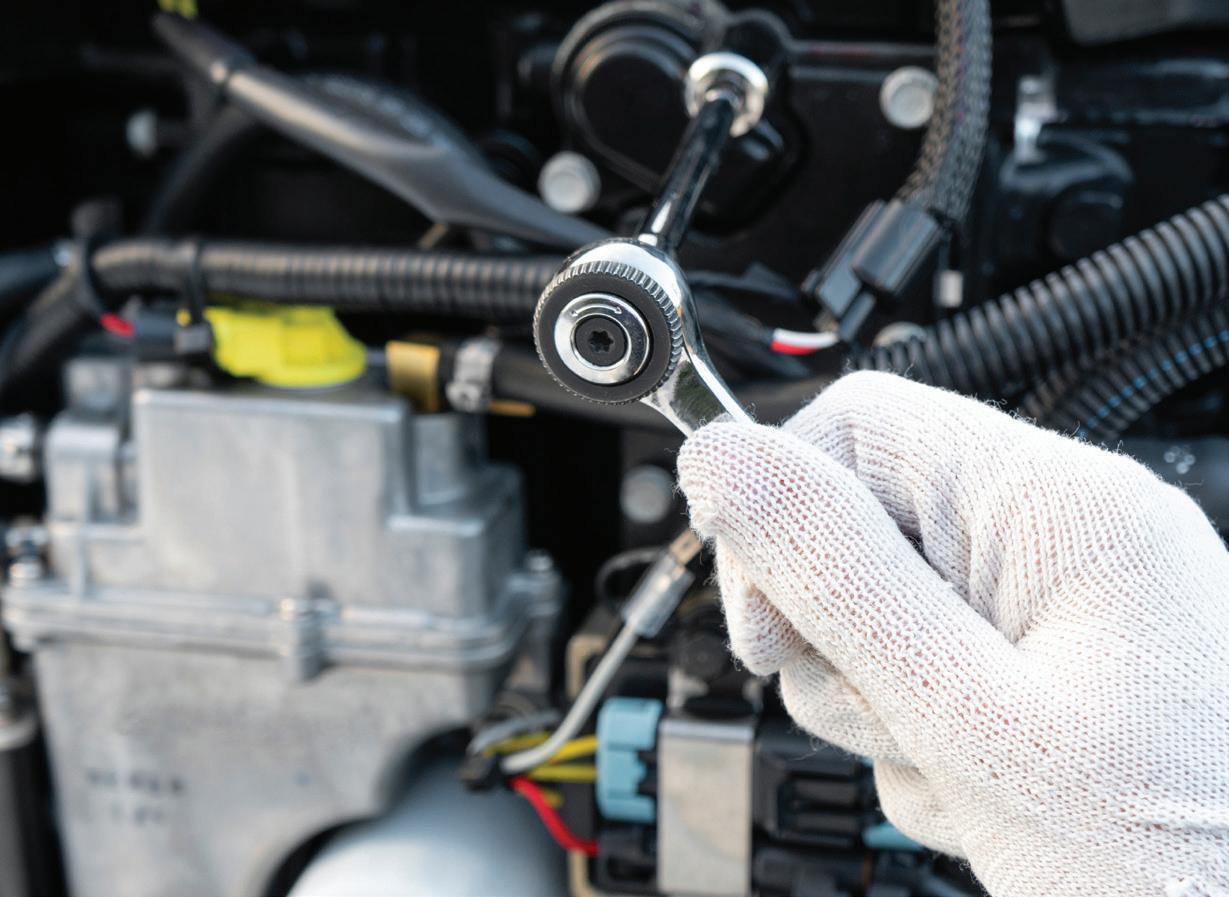







Technical schools charge tens-of-thousands in tuition. With the Mastry Suzuki RePower TTP (Technician Training Program), you will work with and learn from factory certified technicians and participating in the Suzuki on-line training course all while earning an hourly wage. After completing the Suzuki on-line training course and earning your Suzuki Certification you will be eligible for the Mastry Suzuki RePower Tenured Technicians Bonus Program.



Suzuki RePower Tenured Technicians

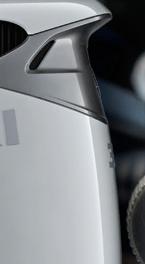



After joining a Mastry Suzuki RePower Center as a certified technician, every month you will accrue $1,000 in bonus opportunity. After one full year of service you will be tenured and eligible to receive all 12 months of accrued bonuses, or $12,000.


As a Mastry Suzuki RePower Tenured Technician along with your regular pay, each month you will be eligible for a $1,000 additional bonus.


At every Mastry Suzuki RePower Center, Certified Technicians are held in the highest regard. Join a passionate team of professionals with the common goal of excellence through constant improvement. With 12 locations across Florida there is a Mastry Suzuki RePower Center near you that wants to appreciate you and your abilities.

Mastry Engine Center
Clearwater, Florida 800-545-4574
Twin Screws Marine Fort Myers, Florida 239-330-3387


Innovation Marine Corp. Sarasota, Florida 941-355-7852





Marina One Deerfield Beach, Florida 954-421-2500
Bayfront Yacht Works Sarasota, Florida 941-349-9449
On Site Marine Ruskin, Florida 813-727-5403
Boat Services Group Key West, Florida 305-320-0555
McKenzie Marine St. Augustine, FL 32084 904-770-2488

Lou’s Marine, Inc. Gulf Breeze, Florida 850-932-0701
Atlantic Marine Store Hialeah, Florida 305-826-2202
Custom Marine Service Panama City, FL 850-872-9191



Oyster City Suzuki Apalachicola, Florida 850-653-8030











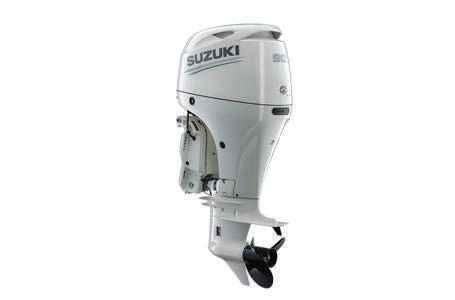


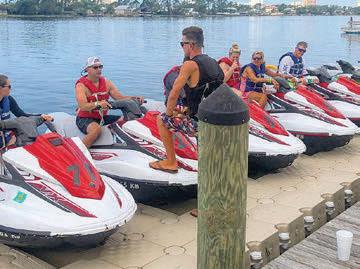


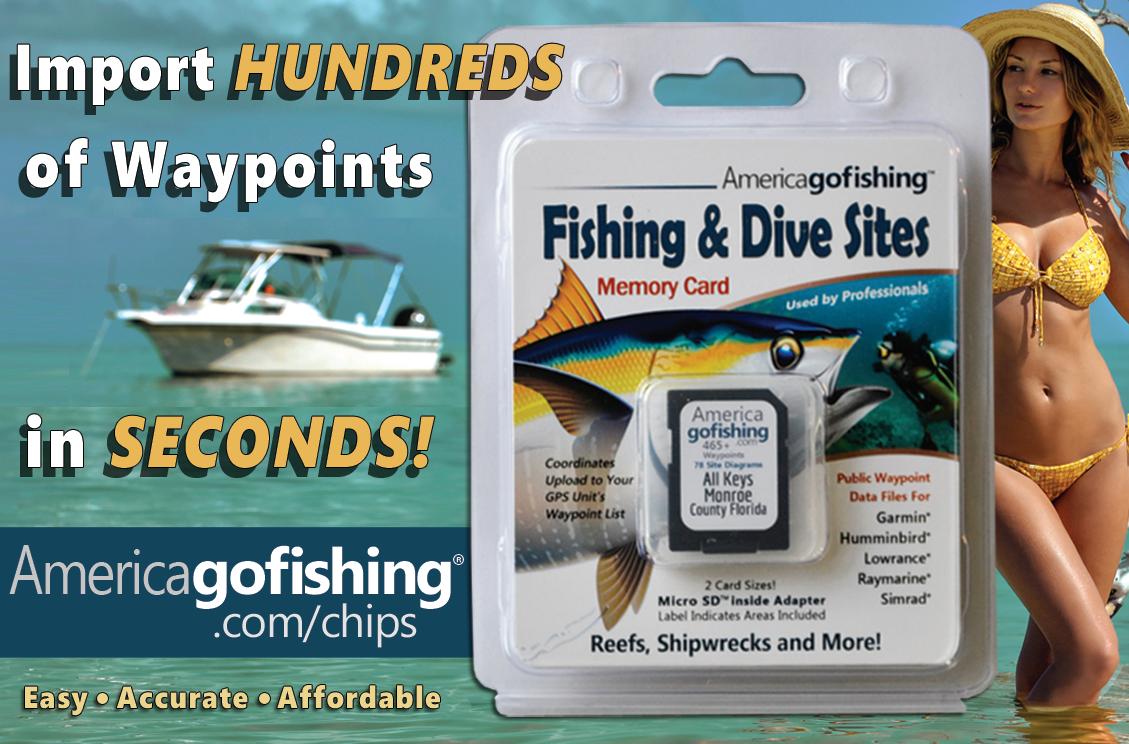
The FWC banned recreational harvest of Atlantic short n mako sharks by setting the recreational bag limit at zero during its Nov. 30-Dec. 1 commission meeting. e previous bag limit for recreational anglers was one mako per angler per day, with a limit of two sharks per boat. In a press release, FWC indicated the rule would make regulations in Florida waters consistent with federal regulations and address over shing of short n makos in support of U.S. and international e orts to manage the species. Commercial harvest of short n mako is already prohibited in state and federal waters.
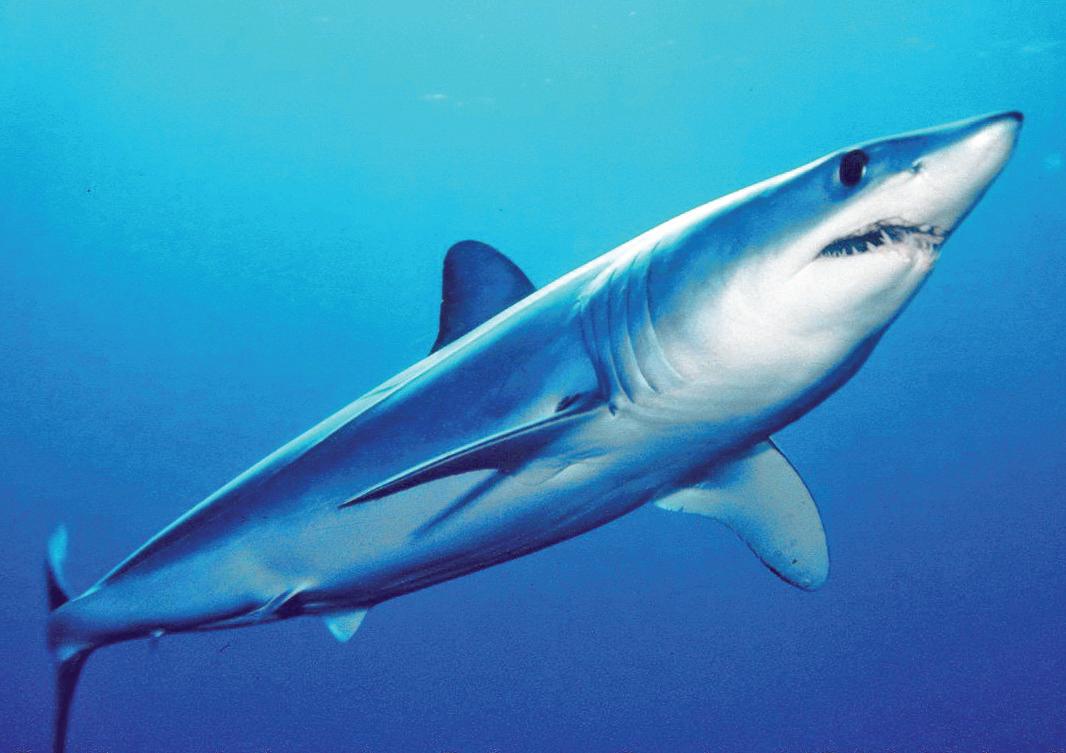
For more information, visit MyFWC.com.

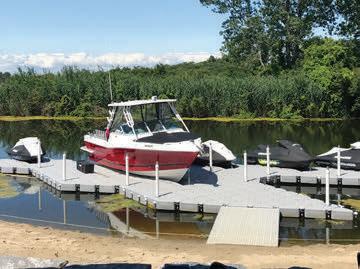
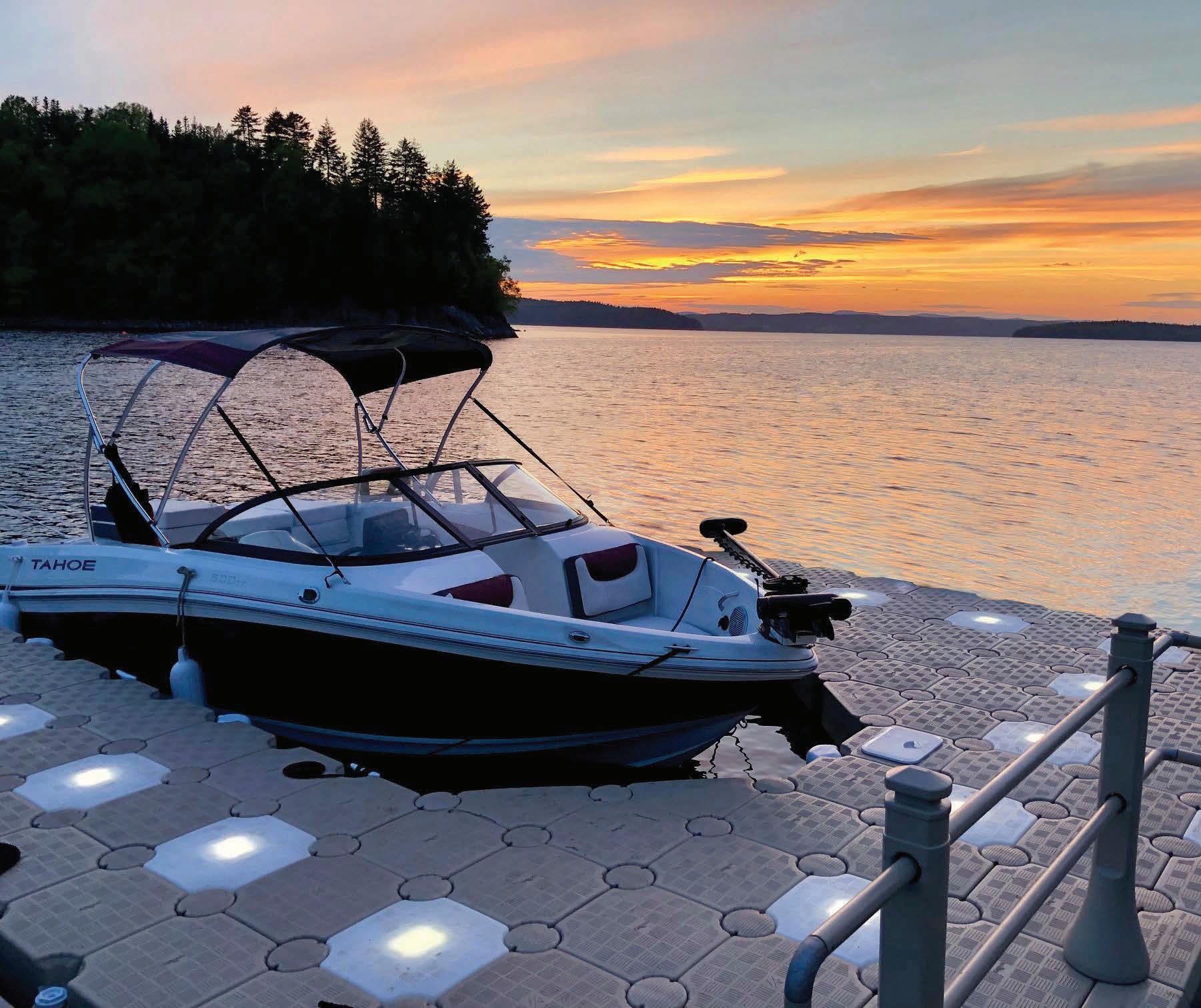


 by Miami Coastal Angler Sta
by Miami Coastal Angler Sta






It seems to me that each year our meager winter gets shorter and later and warmer and all around less winterish… While the rest of the country is enjoying the change in season, we sweaty South Floridians are slugging through eighty plus degrees and a hundred percent humidity. It does seem to play havoc on predicting the shing. However, there is a reprieve. is is the time of year when the shrimp run. I always thought that the shrimp run was a result of a drop in the temperature but more than one of my charter captain friends have assured me that shrimp run in December and January, no matter. e shrimp run is actually a spawn. Millions of the crustations swim up from the seabed and suspend in the water column in hopes of being carried by current out into the open water to mate.

In general, there are 4 di erent types of shrimp that are harvested commercially in Florida. ey are, in no particular order, the pink shrimp, the brown shrimp, the white, and the royal red shrimp. Our shrimp here in Miami are typically the pink shrimp, although here they are not really pink in color but more of a brownish. I am told that as you move further South into the Keys and even further South yet to Tortuga the pink color is more obvious, hence the nickname Key West Pink Shrimp. Pink or no they are delicious.
As I am sure you are already aware, most any game sh will take a shrimp with voracity. Many of the local forecast articles you will read in this month’s edition have to do with techniques that are directly related to shrimp. e inshore mutton shing and the tremendous tarpon shing this time of year are examples. Although the large numbers of shrimp in our area do make for great shing, if you have never tried shrimping at night, you should. Dip nets from a bridge or seawall or a dock are a great way to go. We used to hang an old Coleman lantern over the water and scoop them up as they dri by in the swirling current, seemingly oblivious to the danger. Regulations on the recreational harvest of shrimp allow for a bag limit of 5 gallons of head on shrimp per harvester per day with a possession limit of ve gallons of head on shrimp per vessel per day no matter how many people are on the boat. Always check o cial FWC regulations for yourself before you go.

Finally, we have cooler weather conditions and the peacock bass are red up. We have already seen them starting to bed down. Fishing for peacocks on beds means that you must get them pissed o enough to attack your bait. Timing is key since they will not be eating, but defending their beds from outside threats. You’ll have to set the hook as soon as they pick up your bait to move it away from their bed. ey will begin by blowing water/air at your bait as a warning to get away or be destroyed. With enough persistence harassing them, you should eventually get them to pick it up and move it away from the nest, giving you enough time to set the hook. e rule of thumb and, should be the law, is to only catch one of the two parent sh guarding the nest since taking both sh will almost guarantee them abandoning the nest. Any unguarded nest will be invaded by surrounding predators that will destroy and eat their Fry / eggs. To keep the sheries productive for our future generations we all need to do our part to protect these awesome sh. ere will also be challengers to the matting couple just outside the nest. I usually start by shing about 15 in the area around the bed with a slow sinking uke bait or live shiner. e other male peacocks in the area are always excited to pick up a snack and show o to the bedding females in their shallow attempts to win her heart and join them. e trick is to allow it to sink past the point of eyesight allowing your bait to look natural for 1-2 minute before retrieving it. Sometimes less movement is best. Being on the water daily has allowed us as shing charter captains to really notice the poor conditions and amount of excess trash that we have accumulated in our lakes and canals throughout the city. erefore, we are continuing our monthly clean ups throughout the local fresh waterways. Please help us in our e ort by joining us on our clean ups or by doing your best to leave the waters you sh either the same way you found them or in a better state by picking up any garbage or plastic you might see around the lakes and canal banks. By just doing a little we can all make the environment we sh better and improve the water conditions for everyone. is is the only way to ensure great shing in our local fresh waterways for many years to come.
Captain Mike Tojdowski
Urban Legends Fishing Charters Call/Text 305-998-3375 Facebook / Instagram @Urbanlegends shing or check out our website ULFish.com
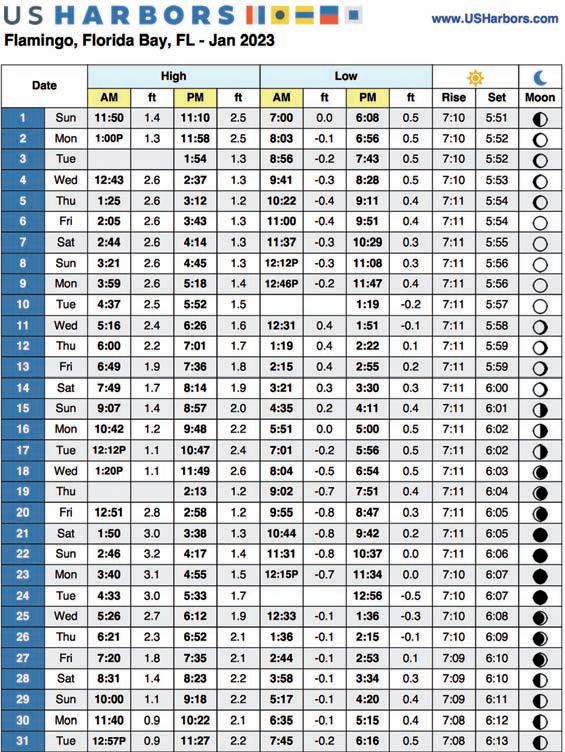
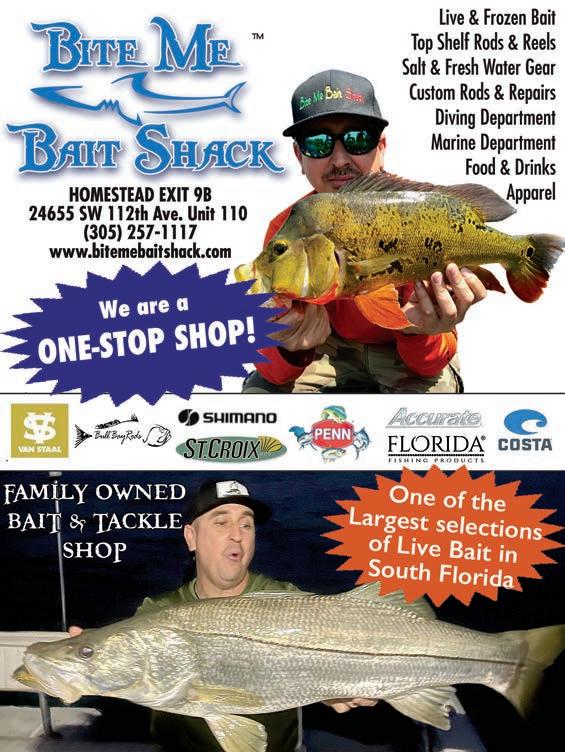

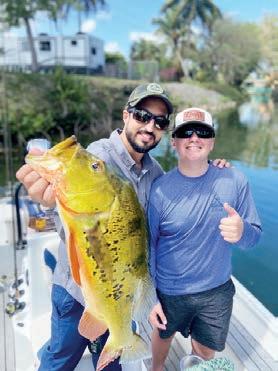

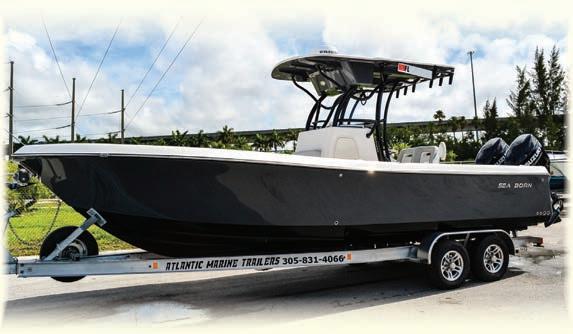

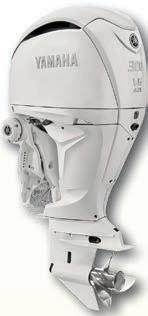
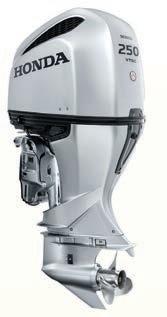






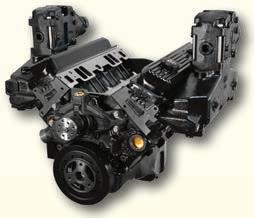







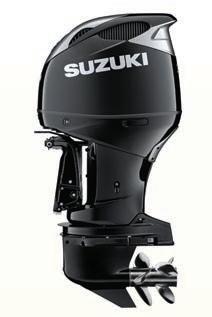
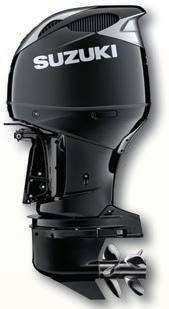









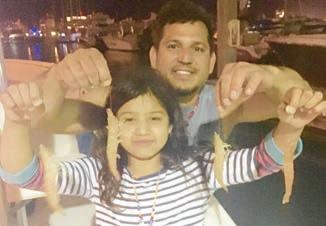 by Capt. Bouncer Smith
by Capt. Bouncer Smith
Ihope y’all had a great holiday. I spent some time in Morehead City targeting little tunny on y and then giant blue n tuna.
With the new year some shing regulations go into e ect. No more grouper harvest until May, but shallow water trolling for mutton snappers will be hot if the water is clear. Mahi will probably be scarce, but who knows anymore. Trolling o shore should produce plenty of small tuna.

Sword sh action should be hot, especially if you see an easterly wind. Although daytime trips are popular you should give night sword sh a try. It’s relaxing until the strike, but then it’s real exciting when the battle starts near the surface instead of a half a mile away in the daylight.
For great family fun, mount a couple of spreader lights on the sides of your t-top and buy a couple long handled dip nets. Anchor anywhere you have moving water near an inlet at dark and as shrimp swim by see who can dip the most. Put a couple shrimp out for bait, one on the surface and one down deep. ose shrimp are irresistible to tarpon of all sizes. Dri in and around inlets and bridges for some great big game shing. Hopefully you will soon be torn between catch shrimp dinners and ght an assortment of quality sh.
Look for good spanish mackerel from the beaches to 60 feet of water and in the bay. Small live shrimp or small live pilchards are superlative baits for these speedsters. Chumming helps make it possible to switch to y casting or throwing a variety of lures on light spin tackle. Trolling for mackerel should see a spread of small lipped plugs, Clark spoons on small planers, assorted nylon jigs and a double hooked ballyhoo for the 8 pound monster.
Finally, don’t write o that wahoo early in the morning or late in the day.
Capt Bouncer Smith
305-439-2475 captbouncer@bellsouth.net


This time of year, water temperatures will vary a lot with cold fronts moving in for a couple days before it’ll start getting back to our hot South Florida temperatures. With the drop in water temperature, I’m usually shing ¼ oz jig heads rigged with a live shrimp or 3 in gulp shrimp on the bottom. e size of the jig will vary depending on the current speed and water depth. You’ll nd me shing creek runo s, deep channels with good moving water and deeper mangrove points with moving water as well. Depth and moving water is the key with these water temperature drops. ese areas will hold a warmer temperature than surrounding areas. is will keep the sh a little happier and in a willing state to feed. In these channels and creeks, we are targeting anything from snook, red sh, seatrout, black drum, snapper and sheepshead. Another thing I do with my clients during this time is sh just west of Schooner Bank for the schools of spanish mackerel that are out in the Gulf. A 1/16 oz long shank jig head or 2/0 longshank hooked with a shrimp, a bucktail jig, silver spoon, or gotcha plug will all do the trick. Once anchored, I like to put out a chum block to put some scent in the water to bring the sh in. Once you bring them in close, it’s typically one on every cast!
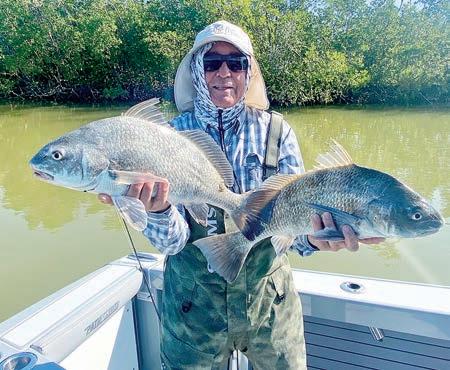

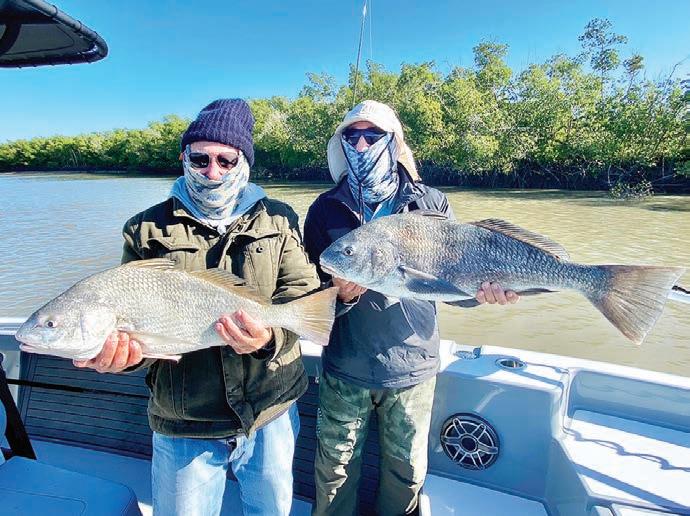
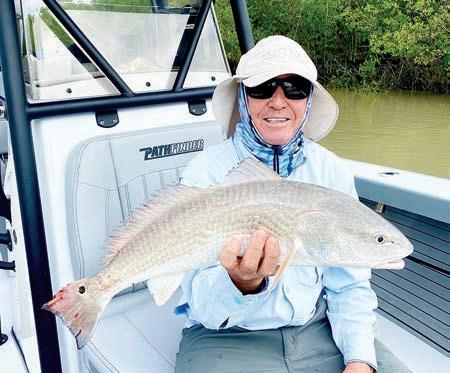

God willing, January will bring us some cooler weather. is is normally the time of year when we start getting cold fronts that drop the mercury down into the 50’s. Brrrrr for Miami… While everyone is home hiding from the cold weather, the best shermen are getting ready to hunt for the giants in the ats.
I like to go on the third day of the cold front. ese short bursts of cool air push the grouper (out of season) and bigger muttons up into the ats to get some sun. You can catch some big sh in shallow water. A 10 lb. gag in 12 feet on a spinning rod is great fun.
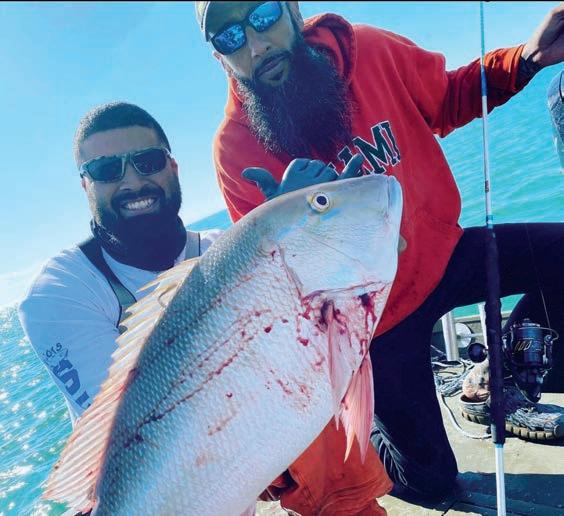
We start the day by waking up early and passing by Captain Jax Bait and Tackle to load up on live pilchards, frozen ballyhoo, shrimp and chum. e pilchards are in case the macks are around, the shrimp are for the yellow jacks and the ballyhoo are for the big boy muttons.
When targeting muttons, use 20 lb. mono, a 3 oz egg sinker, 4/0 circle hook and 30 lb. uorocarbon. For the yellow jacks we set up a chicken rig with live shrimp. For the Spanish mackerel we free line with a treble hook on an AFW #3 wire.
We’ll start o in 10- 15 feet of water over grass. Set yourself up a nice chum slick. Put out the live pilchards about 10-15 behind the boat for the mackerel. en get the ballyhoo and throw it as far back as we can from the boat. Last thing we do is sh for yellow jacks while we wait for the big muttons to hit. e best part about this type of shing is the bite can last the entire day.
Capt. Jax
Captain Jax Bait and Tackle
490c E 4th Ave, Hialeah, FL 33010
@captainjaxmiami 786.300.5362





Ravenous tarpon, snook and snapper seek shrimp in January. e shrimp will run good this month. Shrimp run at night, usually a er 10pm. If possible, look for a hard Northeast wind and an outgoing tide. Fish around lighted bridges with lots of current. I’ve seen shrimp run on all wind directions and both tides, but the fore mentioned conditions are preferable. For tarpon, sh up current of the bridge span and oat the shrimp back with a braided line on a spinning out t. Your leader should be 3 . of 40 lb. uorocarbon with a hook size to match the shrimp size. I like in-line circle hooks. ey are better for the sh and the sh stay on the hook better. For snook (season is closed in January) and snapper, sh a jig-head matched to the speed of the current so your bait can touch bottom JUST BEFORE it arrives at the bridge structure.

Big muttons will be lurking on the patch reefs again this month. Lots of species will be hot on the patch reefs. Use a medium or heavy spinning out t. Fish a dead or live ballyhoo on jig heads appropriately weighted for the conditions. Make sure you cast it far and don’t worry if it doesn’t reach bottom muttons come up to the surface to feed all the time. While waiting for the trophy muttons sh fresh dead shrimp on knocker rigs on the bottom with light spinners and you will rack up the species in no time.
Remember to GO HARD. Good luck!
Captain Abie Raymond 305.775.5197
@abie_raymond www.gohard shing.com
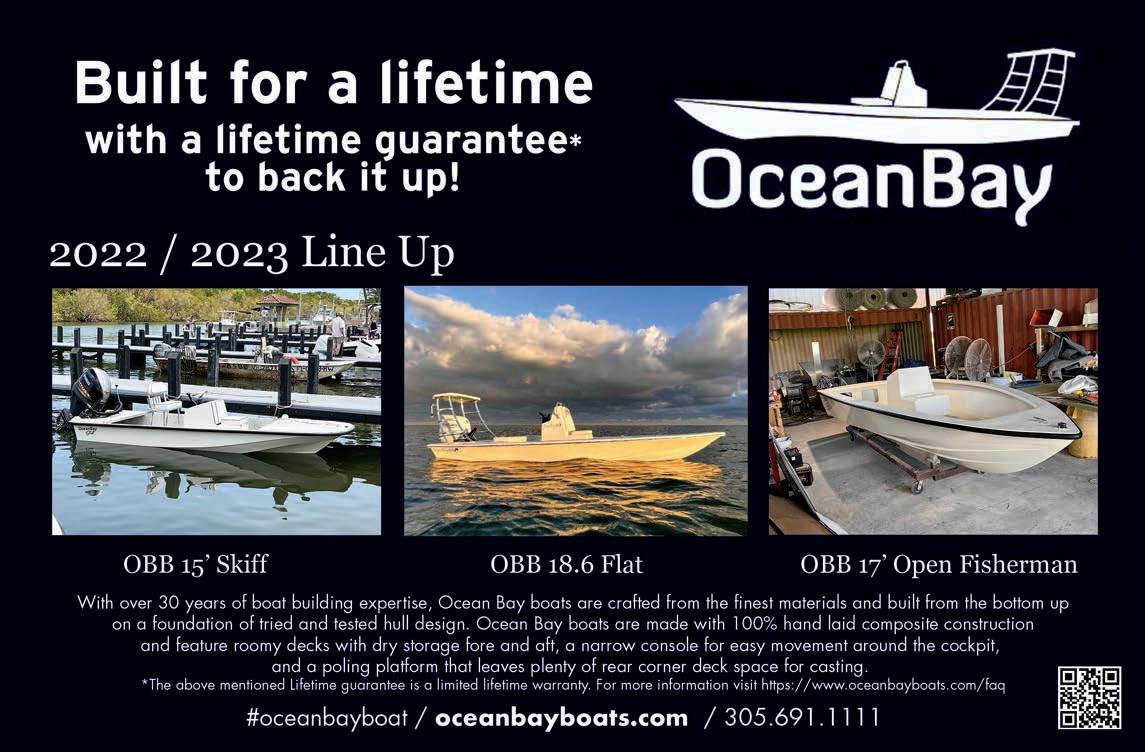




If you have a passion for conservation as I do, and you want to see Florida’s natural resources protected as I do, consider supporting e Fish & Wildlife Foundation of Florida (FWFF). is group is a nonpro t 501(c)(3) organization that seeks to protect our outstanding animals and plants and the lands and waters they need to survive. e organization works closely with the Florida Fish and Wildlife Conservation Commission (FWC) and many other public and private partners. Since their founding in 1994, they have raised and donated more than $60 million for conservation and outdoor recreation, including youth outdoor education. One of the cool ways that you can show your support is to purchase one of the Fish & Wildlife Foundation of Florida’s license plates at https://wildlife orida.org/ buy-a-plate/ or at your local tax collector’s o ce. For every plate sold, $25 is donated to a cause of your choice. It’s not a small thing. ey receive more than $1 million each year from these donations, funds that they and their partners use via grants to conserve Florida black bears, wading birds, and many other species. ey also use these monies to protect and manage new wildlife lands and waters and provide kids with formative outdoor experiences. To learn more about e sh & Wildlife Foundation of Florida and their mission visit them on the web at wildlife oridaorg.

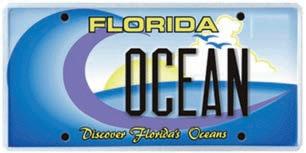






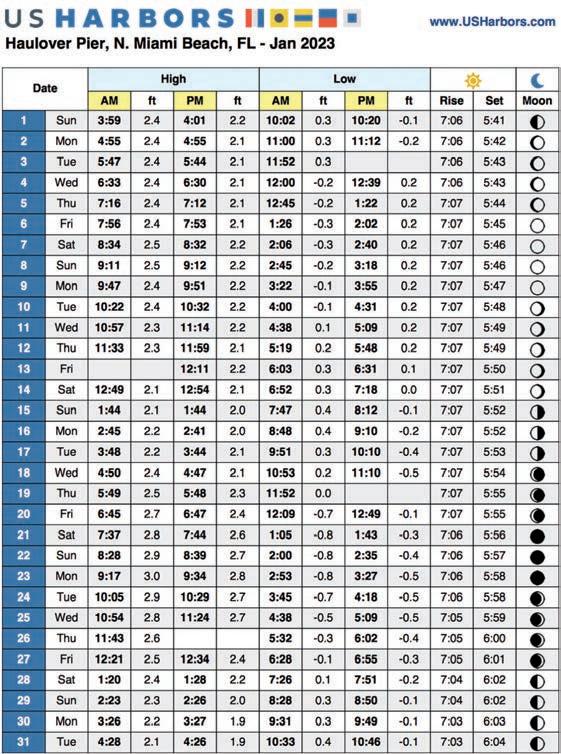



En esta época del año las temperaturas del agua varían mucho con los frentes fríos que se mueven en un par de días, antes de que empiece a entrar en nuestras temperaturas cálidas del sur de Florida. Con la caída de la temperatura en el agua, por lo general estaré pescando cabezas de jig de ¼ oz, aparejado con un camarón vivo o 3 camarones gulp en la parte inferior. El tamaño del jig variará dependiendo de la velocidad de la corriente y la profundidad del agua.
Yo pesco en las escorrentías de los arroyos, en canales y también en las puntas de los manglares más profundos, siempre con agua en movimiento. La profundidad y el agua en movimiento son la clave con estas bajadas de temperatura, pues estas áreas mantendrán una temperatura más cálida que las áreas circundantes, lo que a su vez conservará a los peces un poco más felices y dispuestos a alimentarse. En estos canales y arroyos estamos apuntando a cualquier especie: róbalo, gallineta, trucha, tambor negro, pargo y hasta el sargo chopa.
Otra cosa que hago con mis clientes, durante este tiempo, es pescar justo al oeste de Schooner Bank para aprovechar los bancos de caballa española que están en el Golfo. Una cabeza de jig de 1/16 oz o una longshank de 2/0 enganchada con una gamba, un jig bucktail, una cucharilla plateada o un tapón gotcha serán su cientes. Una vez anclado, me gusta poner un bloque de engodo para perfumar el agua y atraer a los peces. Una vez que los acercas, ¡suele salir uno en cada lance!


Nestor Alvisa
@hooked_on_ amingo_charters Hooked On Flamingo Charters 786.387.2443































 by Raymond Muniz, Capt. Jax
by Raymond Muniz, Capt. Jax
Dios quiere, enero nos traerá un tiempo más fresco. Esta es normalmente la época del año en la que empezamos a tener frentes fríos que bajan el termómetro hasta los 50 °F (equivalentes a 10 °C); así que, mientras todo el mundo está en casa escondiéndose del frío, los mejores pescadores se preparan para cazar a los gigantes en los llanos de la costa.
Si
Estas breves ráfagas de aire frío empujan a los meros (fuera de temporada) y a los pargos criollos más grandes hacia los bajos para tomar el sol, lo que permite capturar peces grandes en aguas poco profundas. Toparte con un mero de 4,5 kg a 3 metros es ideal para una divertida sesión con una caña de spinning.
En lo particular, me gusta ir el tercer día del frente frío. Empezamos el día levantándonos temprano y pasando por el Captain Jax bait and Tackle para cargarnos de sardinas vivas, ballyhoo congelado, gambas y carnadas. Las sardinas son para las macarelas, las gambas para las jureles amarillos y el ballyhoo para los pargos.
Para pescar a los pargos recomendamos utilizar mono lamento de 20 libras, una plomada de huevo de 3 onzas, un anzuelo circular 4/0 y uorocarbono de 30 libras. Para los jureles, montamos un aparejo de pollo con gambas vivas; y para la caballa española, usamos una línea libre con un anzuelo tembloroso en un cable AFW #3.
Empezaremos en 10 a 15 pies de agua sobre la hierba. El primer paso es preparar una buena carnada, así que ponga las sardinas vivas a unos 10 a 15 pies detrás del barco para atraer a las caballas; luego, lanzaremos el ballyhoo lo más lejos posible del barco; y, por último, pescaremos los jureles amarillos mientras esperamos a que los grandes pargos salgan a jugar.
Lo mejor de este tipo de pesca es que la picada puede durar todo el día.
Captain Jax Bait and Tackle
490c E 4th Ave, Hialeah, FL 33010 • 786.300.5362
@captainjaxmiami

Sábalos voraces, róbalos y pargos buscan a los deliciosos camarones durante el primer mes del año, así que promete una buena acción. El camarón sale en la noche, por lo general después de las 10pm; si es posible, busque un viento fuerte del noreste y una marea saliente. He visto camarones correr en todas las direcciones del viento y ambas mareas, pero las condiciones antes mencionadas son preferibles, además, recomendamos pescar alrededor de puentes iluminados con mucha corriente.
Si lo que busca es un sábalo (conocido también como tarpón), deberá pescar corriente arriba del puente y hacer otar la gamba con una línea trenzada en un equipo de spinning; el bajo de línea debe ser de 3 pies de uorocarbono de 40 libras, con un tamaño de anzuelo que coincida con el tamaño de la gamba. Me gustan los anzuelos circulares en línea, pues son mejores para los peces y tienen mejor agarre en el anzuelo. Para el róbalo (cuya temporada se cierra en enero) y el pargo, pesque con un jig adaptado a la velocidad de la corriente para que el cebo toque el fondo JUSTO ANTES de llegar a la estructura del puente.




Los grandes pargos volverán a estar al acecho en los arrecifes este mes, acompañados de muchas especies más, así que hay que estar preparados. Utilice un equipo de spinning medio o pesado; pesque un ballyhoo vivo o muerto, en cabezas de jig, con el peso adecuado para las condiciones y asegúrese de lanzarlo lejos. No se preocupe si no toca fondo, pues los pargos suben a la super cie para alimentarse todo el tiempo. Mientras espera, aproveche para pescar gambas frescas (recientemente muertas) con knocker rigs en el fondo y spinners ligeros, así acumulara especies en poco tiempo.
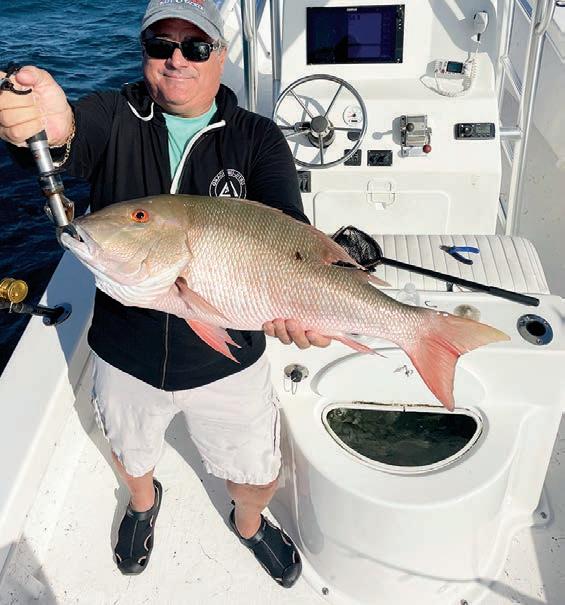
Recuerde hacer su mejor esfuerzo y disfrutarlo. ¡Buena suerte!
Capitán Abie Raymond 305.775.5197 @abie_raymond www.gohard shing.com




 by
by


Por n el clima es más fresco y los pavones se han puesto las pilas, ya los hemos visto empezar a acostarse. Pescar pavones en las camas signi ca que usted debe conseguir que se enojen lo su ciente como para atacar a su cebo. El momento es clave, ya que no estarán comiendo sino defendiendo sus lechos de amenazas externas. Tendrá que clavar el anzuelo en cuanto recojan la carnada para alejarlo de su lecho; empezarán a soplar agua/aire contra el cebo como advertencia para que se alejen o serán destruidas. Si insiste lo su ciente, conseguirá que lo recojan y lo alejen del nido, lo que le dará tiempo su ciente para clavar el anzuelo. La regla general, y debería ser la ley, es capturar sólo a uno de los dos padres que custodian el nido, ya que capturar a ambos casi garantiza que los demás peces abandonen el lugar. Cualquier nido no vigilado será invadido por depredadores circundantes, que destruirán y se comerán sus alevines/huevos. Para que la pesca siga siendo productiva para las generaciones futuras, todos debemos poner de nuestra parte para proteger a estos increíbles peces.
Suelo empezar pescando a unos 15 pies en la zona que rodea el lecho, con una carnada de hundimiento lento o un tiburón vivo. Los otros pavones machos de la zona siempre están ansiosos por coger un bocado y presumir ante las hembras del nido, en sus intentos super ciales de ganarse su corazón y unirse a ellos. El truco está en dejar que se hunda más allá del punto de visión, permitiendo que el cebo parezca natural durante 1-2 minutos antes de recuperarlo. A veces lo mejor equivale a menor movimiento.
Las temperaturas más frescas de enero también tendrán la lubina (conocida también como perca atruchada) en un estado productivo. A estos peces les gustan los señuelos jerkbaits de movimiento rápido, las luciopercas más grandes y las rattletraps para pescarlos en caídas profundas de lagos, cornisas y cualquier hierba en la que puedan esconderse. Cuanto más grande sea la carnada, más grande será la lubina; a esta especie le gusta comer comidas más grandes y conservar la mayor parte de su energía el resto del día. A pesar de que son menos comunes en nuestras aguas de Miami y luchan la mitad de duro que un pavón, sigue siendo divertido tirar y jugar con uno de vez en cuando. El mejor momento del día es temprano en la mañana o en la tarde, si queremos uno más grande.
La pesca de las aguas frescas del sur de Florida nos da la oportunidad de salir y disfrutar de un poco de aire fresco, así como de la emoción de la captura. Estar en el agua todos los días nos ha permitido, como capitanes de pesca charter, aprender a identi car las malas condiciones y la cantidad de exceso de basura que hemos acumulado tanto en lagos como en canales de toda la ciudad. Por lo tanto, continuamos con nuestras limpiezas mensuales a través de las vías uviales locales. Por favor, ayúdenos en nuestro esfuerzo uniéndose a nosotros en las jornadas de limpieza o haciendo todo lo posible para dejar las aguas en las que pesca de la misma manera que las encontró o en un mejor estado, recogiendo cualquier basura oplástico que pueda ver alrededor de los lagos y las orillas de los canales.
Con un pequeño gesto todos podemos mejorar el entorno en el que pescamos y las condiciones del agua. Esta es la única manera de garantizar una pesca excelente en nuestros depósitos locales de agua dulce durante muchos años.
Llamada / Texto: 305-998-3375
Síguenos en Urban Legends Fishing Charter Facebook / Instagram @Urbanlegends shing www.ULFish.com














their anal n. ese long skinny sh are built for speed and can reach max speeds of about 70 mph.

Atlantic sail sh participate in seasonal migrations along the coast of America. Some sh will stay where they are, but most move northward in spring and south during the winter. is is due to the bait schools following the cold cycles. As soon as it gets hotter up north, they migrate. Once winter sets in, they return to Florida. Sail sh spend most of their time in warm surface waters of the epipelagic zone of the ocean. ey make frequent nearshore forays and congregate where water temperatures are in the 70 to 80 degree range.
ey begin spawning in spring, and this can occur as early as May or all the way into the fall. Like many other pelagic sh, sail sh use a process called external fertilization, or broadcast spawning. Males release sperm and females release eggs into the water current. Each female can produce about 4.5 million eggs. Once the sail sh hatch at around an eighth of an inch, they grow rapidly to about 6 pounds within a month. eir growth slows once they reach about 4 feet in length.
Capt. Charlie Stuve put me on my rst sail sh. He runs Native Guide Fishing Charters out of Jupiter, Fla., and sail sh are a favorite winter target for his clients.
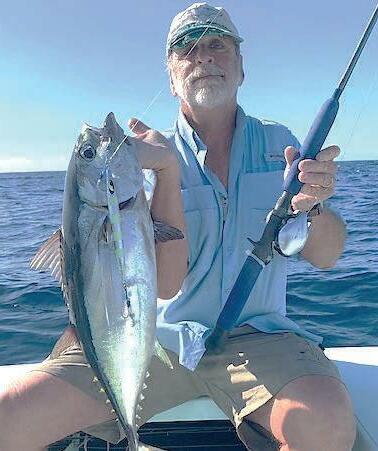


“I suggest live baiting,” said Capt. Charlie. “Goggle eyes are the most popular bait, but other baits work, as well. Kite shing is preferable with goggle eyes, but I also do well slow bump-trolling edges. Live thread n herring, Spanish sardines and pilchards are my favorites while dri ing on a color change.

Now that the cold has set in and will be here for a bit, we once again change focus on what we are catching. Most larger sh tend to slow down during winter months since it takes more energy out of them; however, this is not the case for sail sh. As long as you are brave enough to venture into the rough winter seas, you’ll be sure to get on the bite.
Sail sh are the sleek and slender member of the bill sh family. eir name comes from the extremely large dorsal n that extends over almost their entire back. ey also have long pelvic ns, which stretch almost to
“Depths can vary, so don’t use yesterdays information because conditions constantly change. Sometimes when the bite is slow, I like to bottom sh and y a kite downwind. at way you stay busy with the bottom action and when you least expect it you have a sail sh on your kite.”
e IGFA world record for Atlantic sail sh weighed 142 pounds, 6 ounces and was caught in Lobito Angola in 2014.
Emily Rose Hanzlik holds 56 IGFA world records in various categories. She hails from West Palm Beach, where she has a part time Bow n Guide Service as well as shing classes for Jr. Anglers. Find her on Social Media @emilyhanzlikoutdoors.


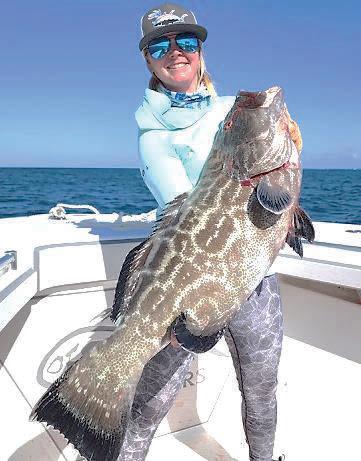
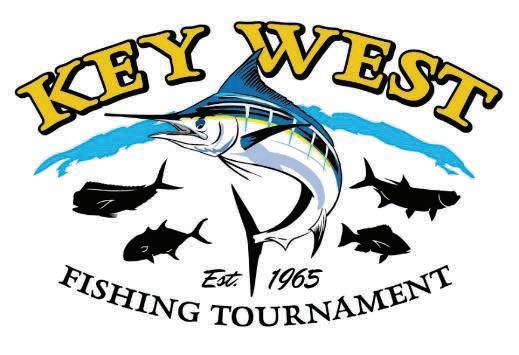








The FWC approved rules to help conserve Gulf striped bass in Wakulla County’s lower Ochlockonee River at the Nov. 30-Dec. 1 commission meeting.

FWC research has identi ed high rates of recreational harvest of brood sh (breeding sized) Gulf striped bass, and sta proposed rule language to change the harvest length limit. e bag limit of three sh per day for striped bass will remain in e ect. e proposed change to the length limit would change from 18 inches minimum size to no minimum size with only one sh allowed over 24 inches. Gulf striped bass populations are dependent on stock enhancement via hatchery production and protection of these larger-sized striped bass is necessary for the continued survival of the species.
“ is rule change is a positive step for Gulf striped bass, an important sport sh in Florida,” said FWC Commissioner Gary Lester. “We appreciate sta working with stakeholders on these ongoing conservation e orts for the future of this shery.”

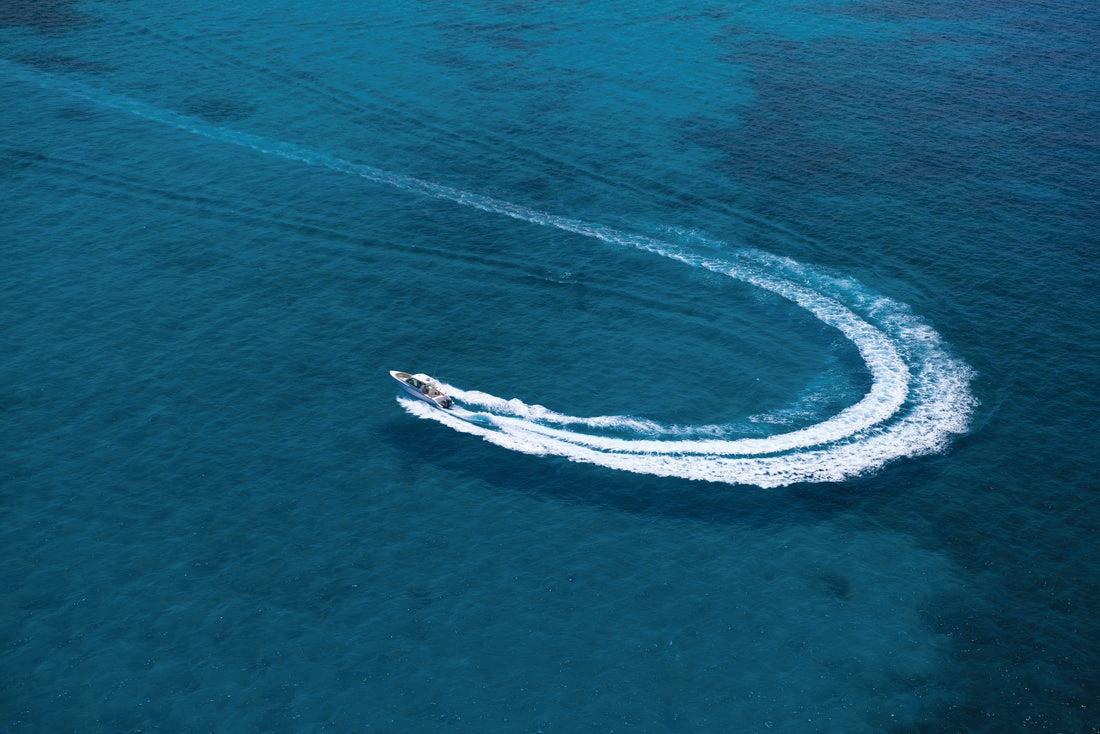
Sta held public meetings with local anglers to discuss research and management options for this shery at Lake Talquin in May 2022 and an additional meeting in November to discuss the rule language. Anglers were supportive of using regulation changes as a management tool. Further stakeholder engagement will occur on this rule.
Email Christopher.Paxton@MyFWC.com with questions, or visit the striped bass pro le on MyFWC.com.

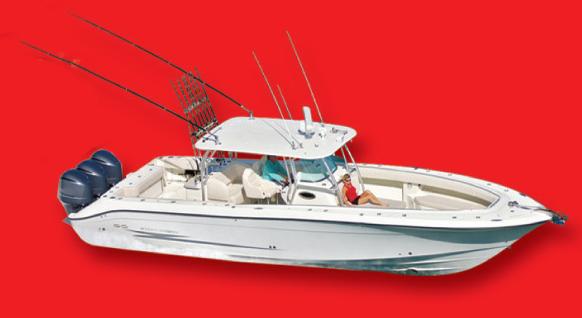















Let’s grow with Florida together.
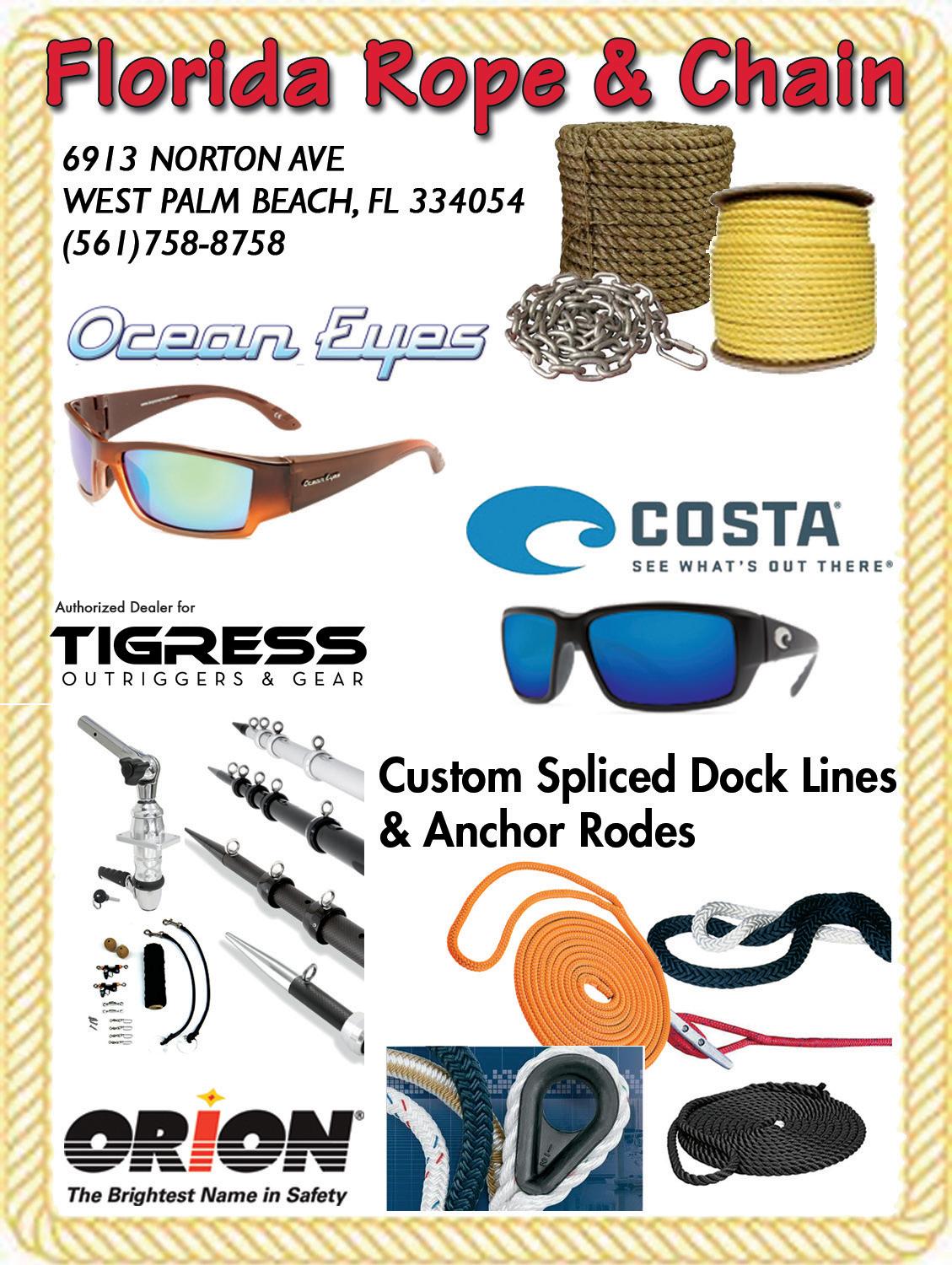



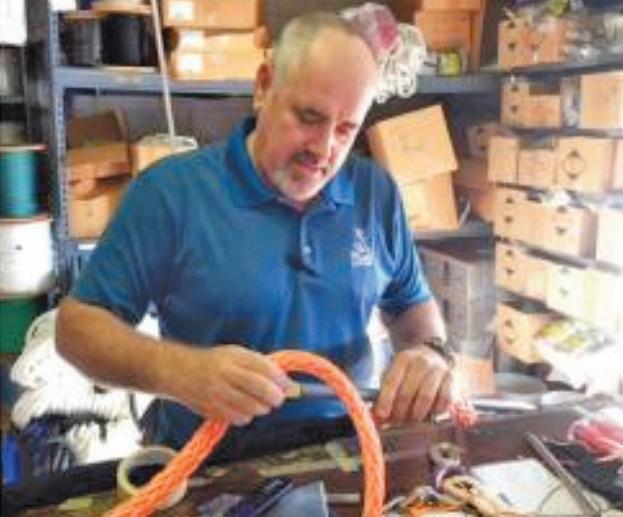
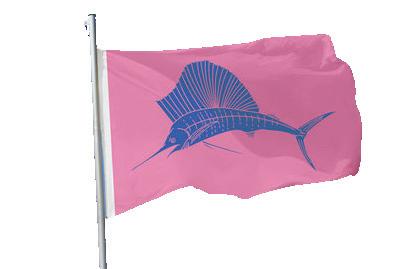





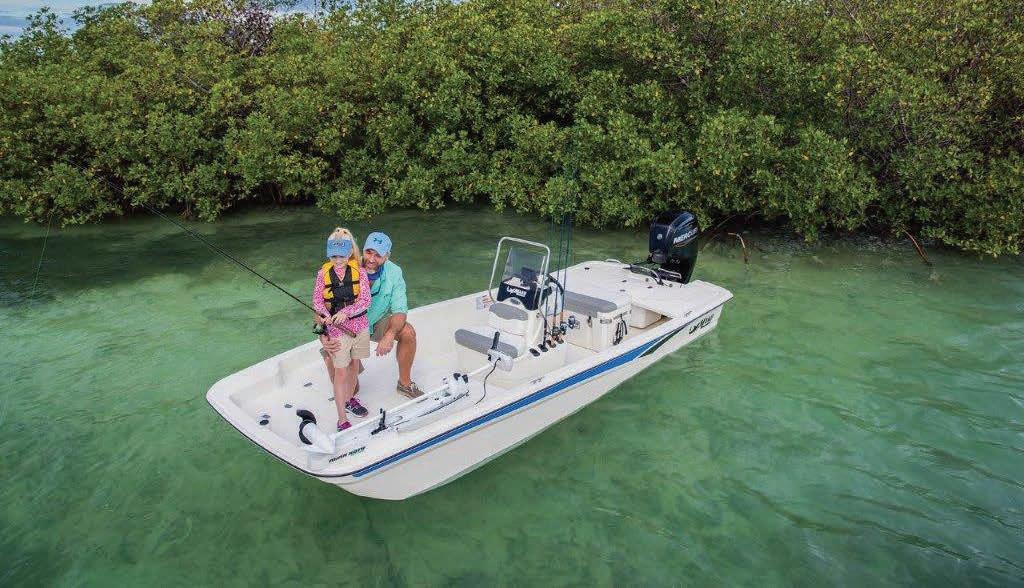

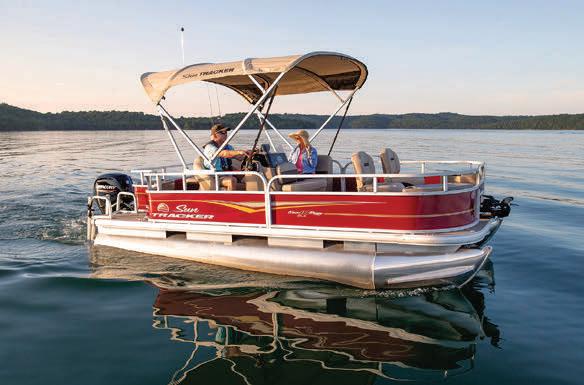








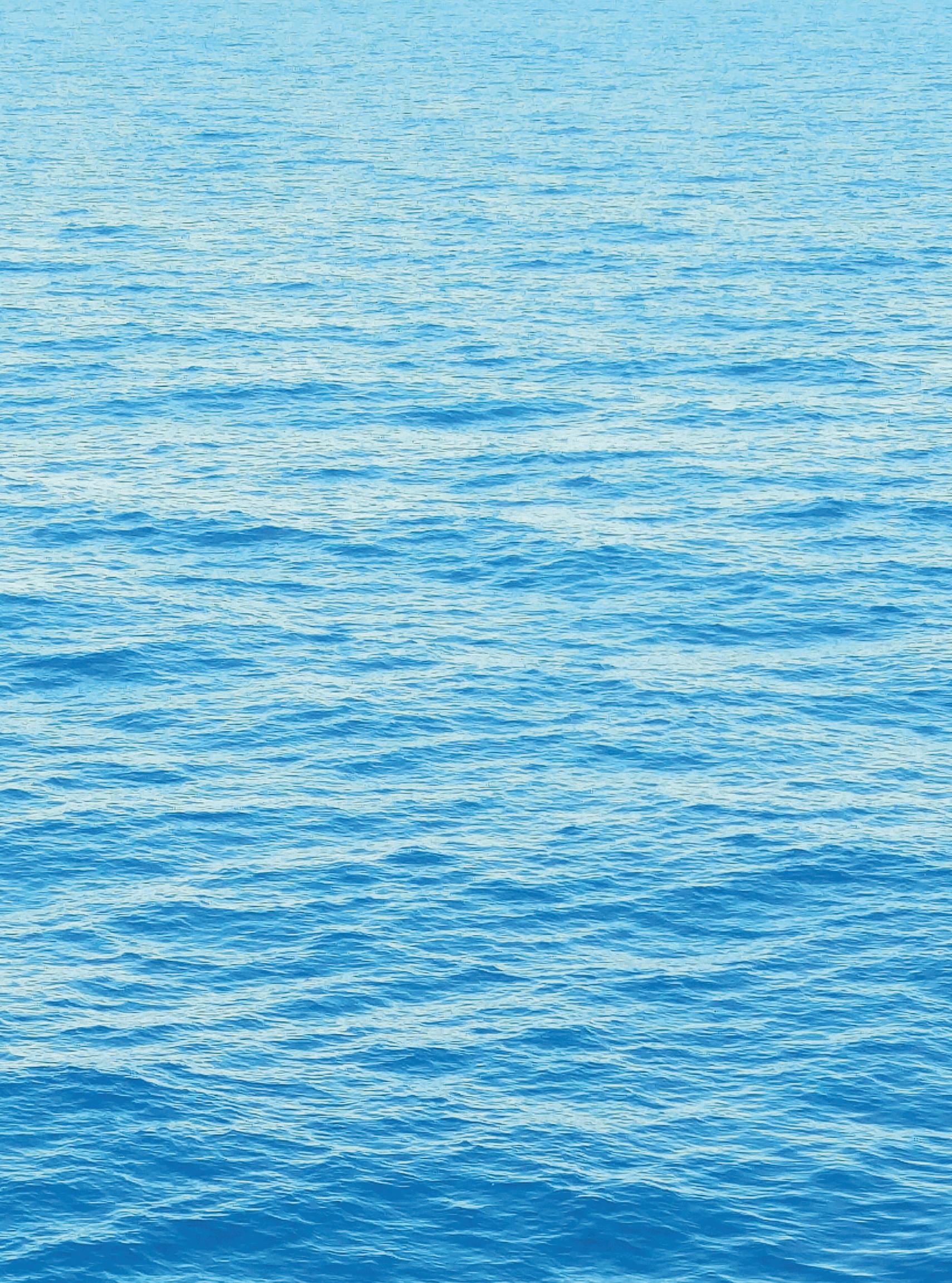
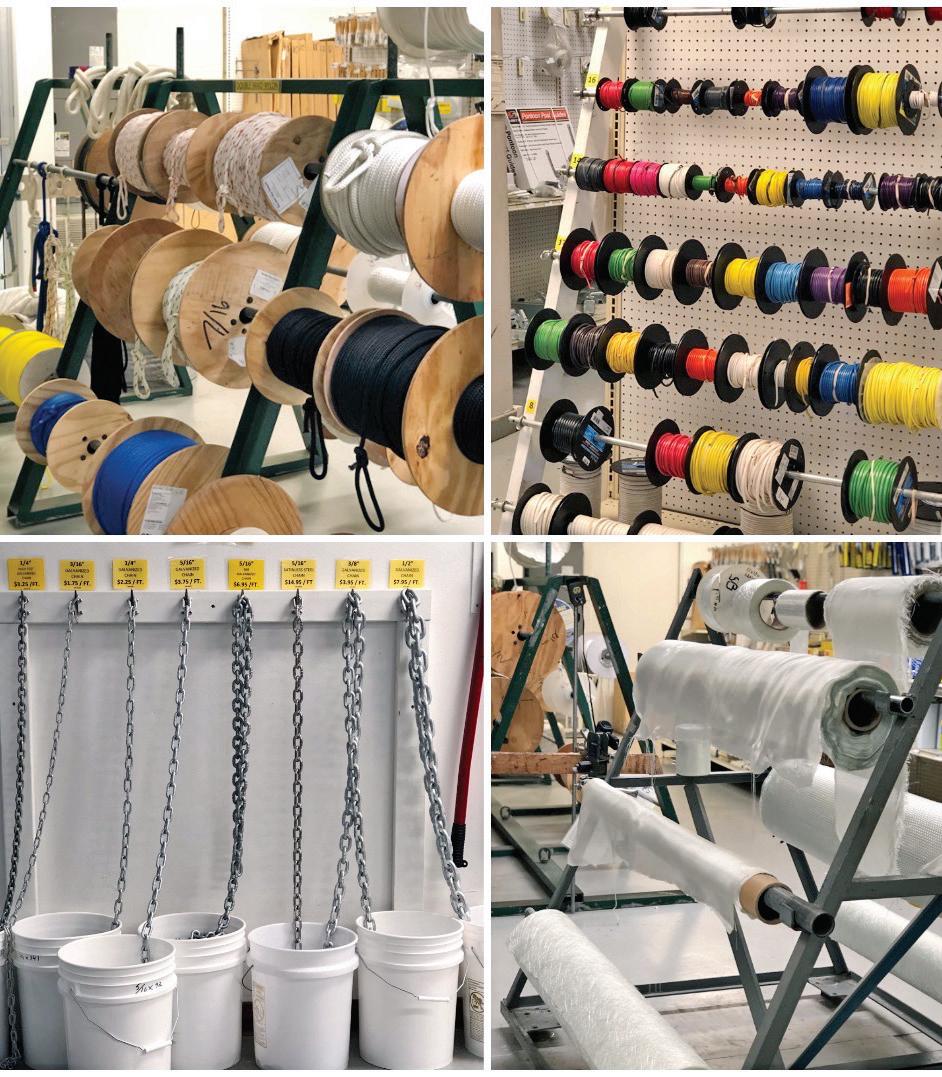
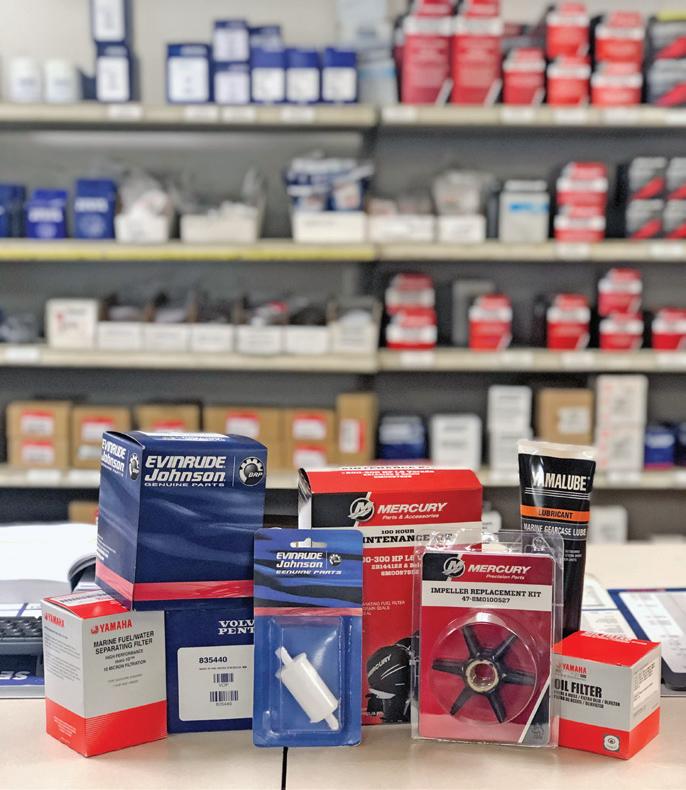













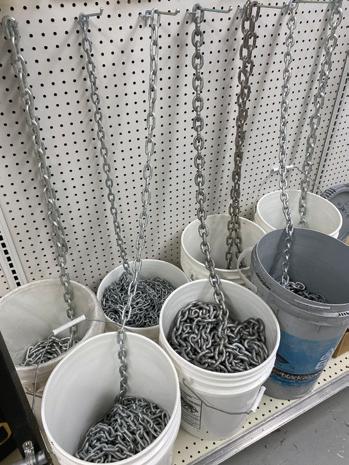

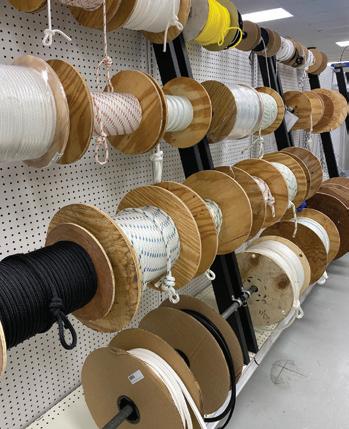

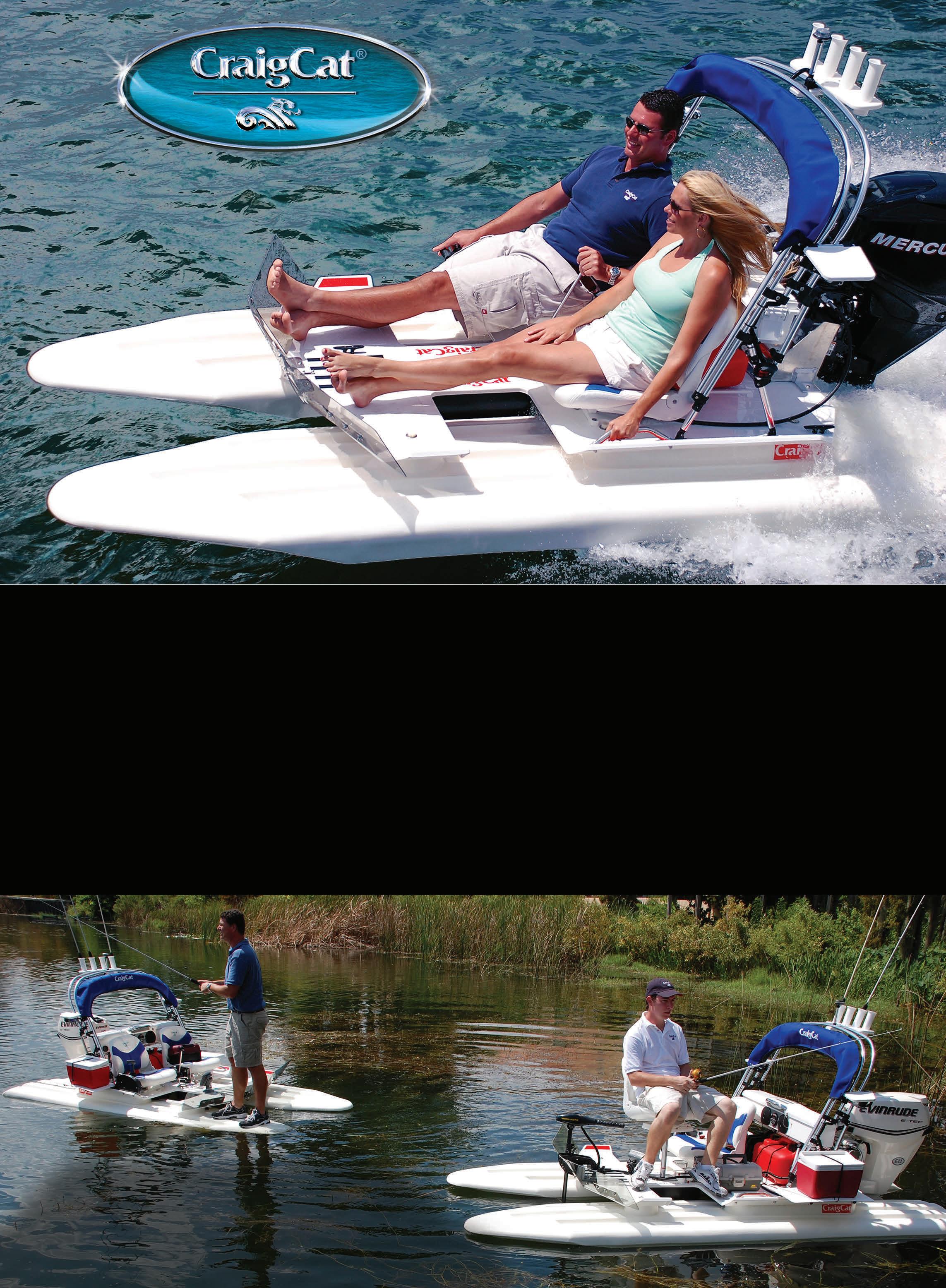



Berkeley County is a wonderland for outdoor enthusiasts, sports bu s, adventure seekers, and water lovers. From exemplary fishing for striped bass, or a trophy largemouth bass, to our hiking trails and water activities, along with scenic outdoors where you can catch a glimpse of white tail deer and gators, Berkeley County has activities to fit all visitors and families.

Learn more about Berkeley County at: exploreberkeleycounty.com


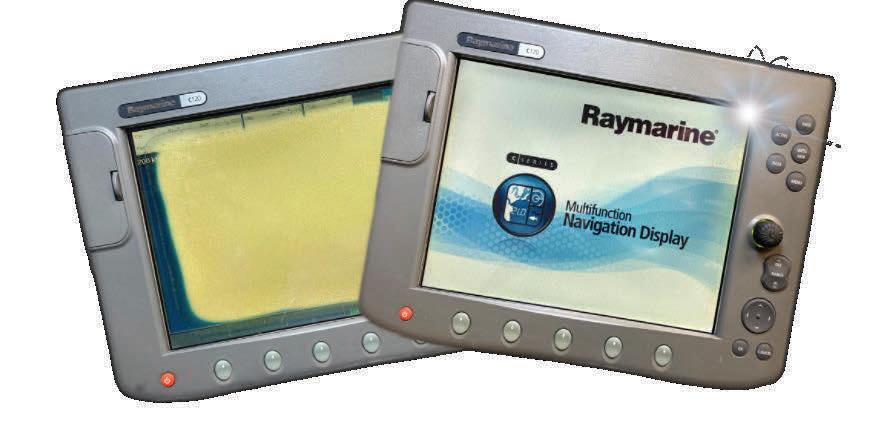
Researchers have designed and tested a new style of hook that takes catch-and-release to a whole new level. ese “bite-shortened” hooks are intended to allow sh to “release themselves” without being handled by the angler.

Dr. Holden Harris, a postdoctoral researcher at the University of Florida’s Nature Coast Biological Station, was the mastermind behind the study. In his write up on Hook Line & Science, a North Carolina Sea Grant blog, he promoted the bene ts of e cient de-hooking and minimal handling of caught sh to considerably improve chances of survival for released sh. e hook he tested is a modi ed jig, which researchers clipped at the point, so that this “bite” portion of the hook—the business end— was reduced in length from 15 mm to 10 mm. e simple modi cation just clipped the barb and vertical length beyond the bend of the hook before it was re-sharpened. Harris tested it against a standard jighead as well as a jighead with the barb led down on 150 spotted seatrout. ey went shing with all three jigheads, reeled in the sh and then allowed the sh to op around boat-side until they either did or did not come unhooked.
“We found promising results for the bite-
 HARRIS
HARRIS

shortened modi ed hook, which enabled anglers to land 91 percent of hooked spotted seatrout and then release 87 percent of those sh without direct handling,” Harris wrote. “In comparison, the self-release success rates were 47 percent using barbless hooks and 20 percent using standard, unmodi ed hooks.”
Additionally, Harris found that smaller seatrout were able to “self-release” at higher rates than larger ones.
Coastal Angler contributor and seatrout-on-












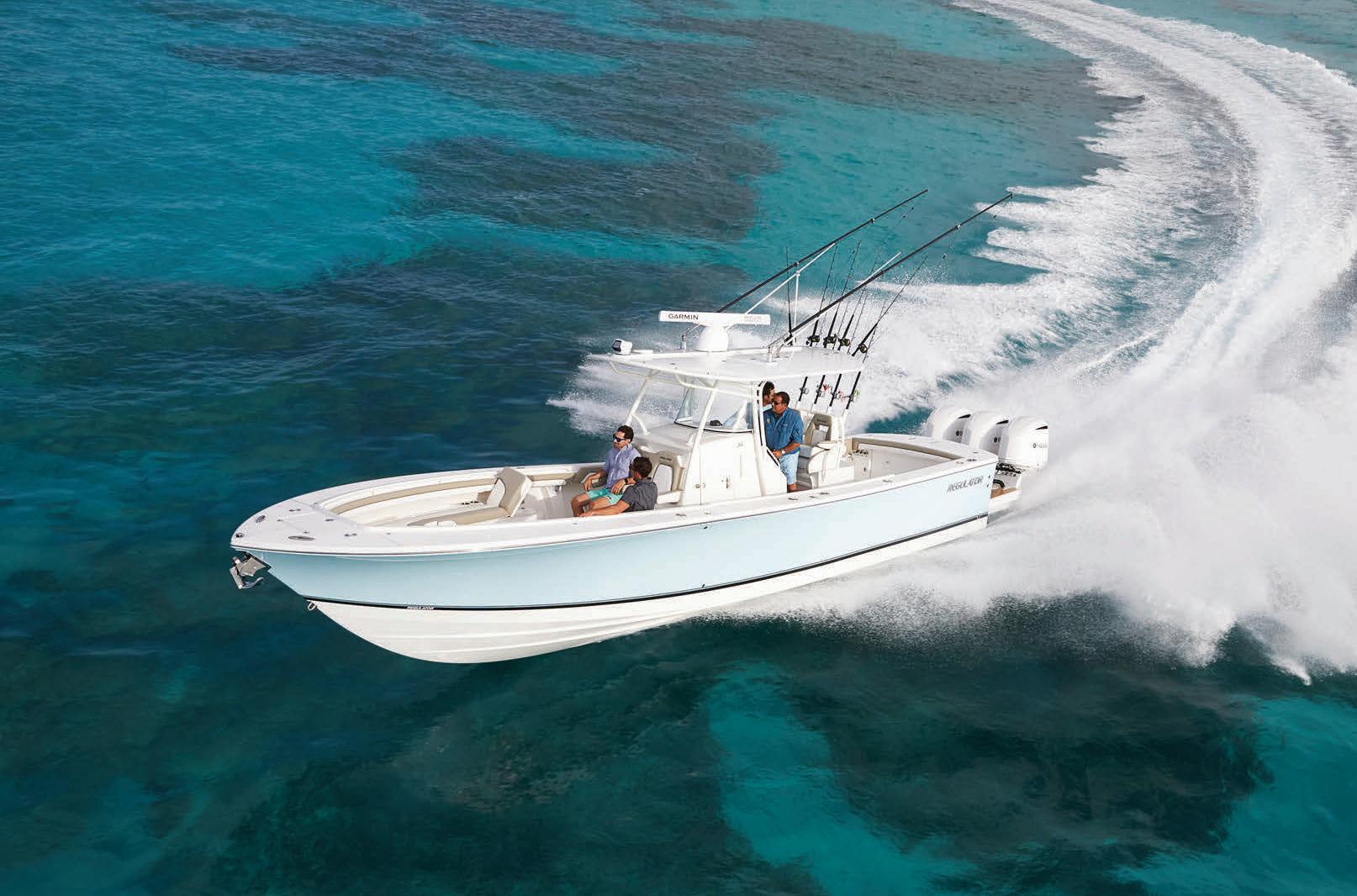

arti cials guru Michael Okruhlik has written on his use of barbless hooks when targeting pods of trout crashing bait. He said the ability to quickly and safely release sh without taking them out of the water allows him to get back in the action faster.
Maybe anglers would use a hook designed to let sh come unbuttoned?
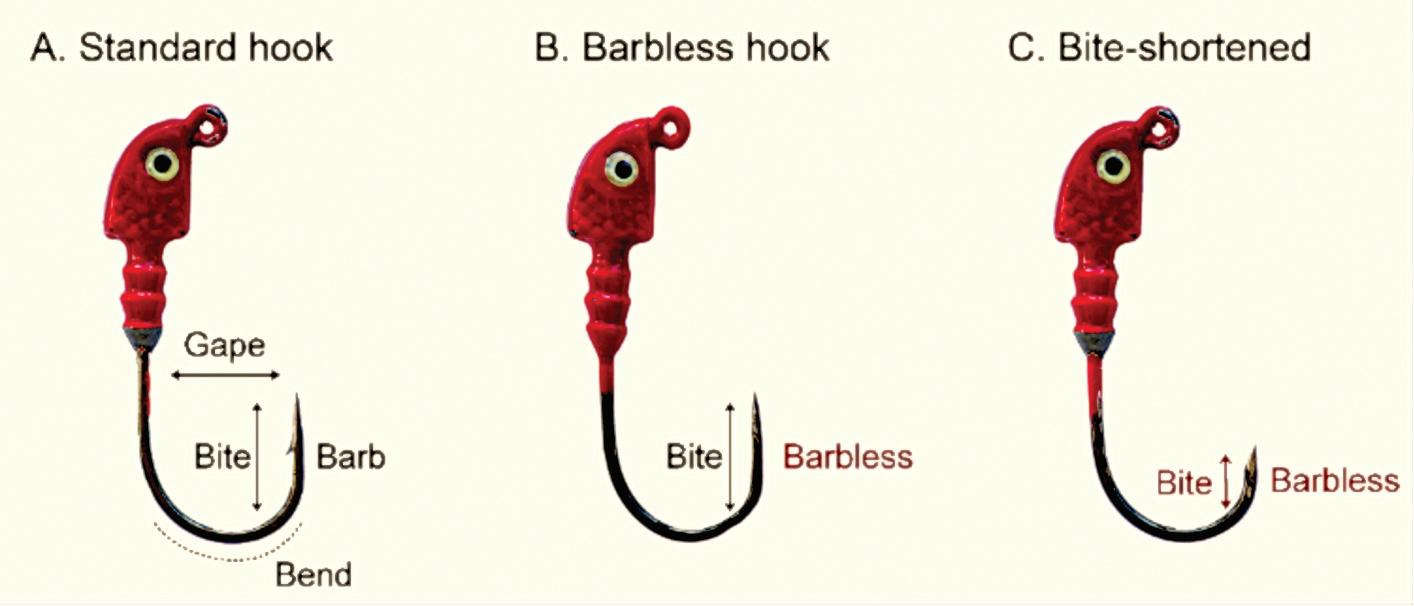


For a video of this hook modi cation, see https://youtu.be/VC23oNikyc8


Every year in Basel, Switzerland, the world’s best-known luxury watchmakers gather to display their new timepieces. It’s a great event for spotting timepieces that standout–– in performance and in personality. We saw one impossible to ignore: a precision dive watch with an arresting green dial. But we also saw the five-figure price tag and knew we could bring our customers that exact same precision and stand out appeal for a whole lot less. The Stauer Evergreen Diver is that timepiece.
Built like a submersible battleship with a stainless steel case, caseback, and band, the Evergreen Diver is water-resistant down to 660 feet or 20 atmospheres, a feat facilitated by a hardened crystal and screw-down crown.
Green On Your Wrist AND In Your Pocket. You could pay an awful lot elsewhere for this verdant virtuoso, but the majority of the cost is in the big designer name upcharge. We think those guys are all wet. This is how you own a top-of-the-line dive watch without helping pay for some marketing guy’s yacht.


Satisfaction Guaranteed or Your Money Back. Wear the Evergreen Diver for 30 days. If you’re not completely happy, send it back for





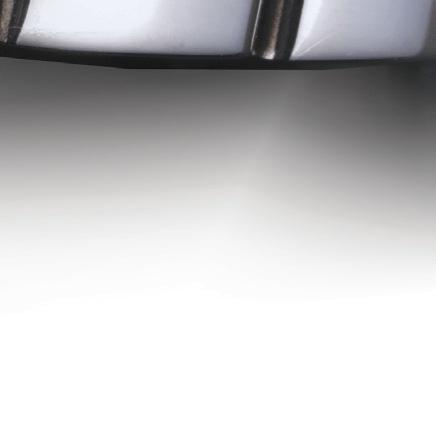

Amonster gold sh aptly named “Carrot” has been making the rounds on social media recently a er the sh was caught from a trophy carp lake in Champagne, France. UK angler Andy Hackett caught the nearly 70-pound bright orange sh from Bluewater Lakes, a heavily managed, privately owned pay-to-play shery that boasts of carp weighing heavier than 90 pounds.

Carrot seems to be somewhat of pet, but not the type you’d keep in a sh bowl. She is a crossbreed between leather carp and koi, and was stocked in the lake 15 years ago to give anglers an interesting sh to pursue.
“I always knew e Carrot was in there but never thought I would catch it,” said Hackett. It took him 25 minutes to reel in pot-bellied carp, which o cially weighed an astounding 67.4 pounds.
Carp caught at Bluewater Lakes are handled very carefully with a strict catch-and-release policy.
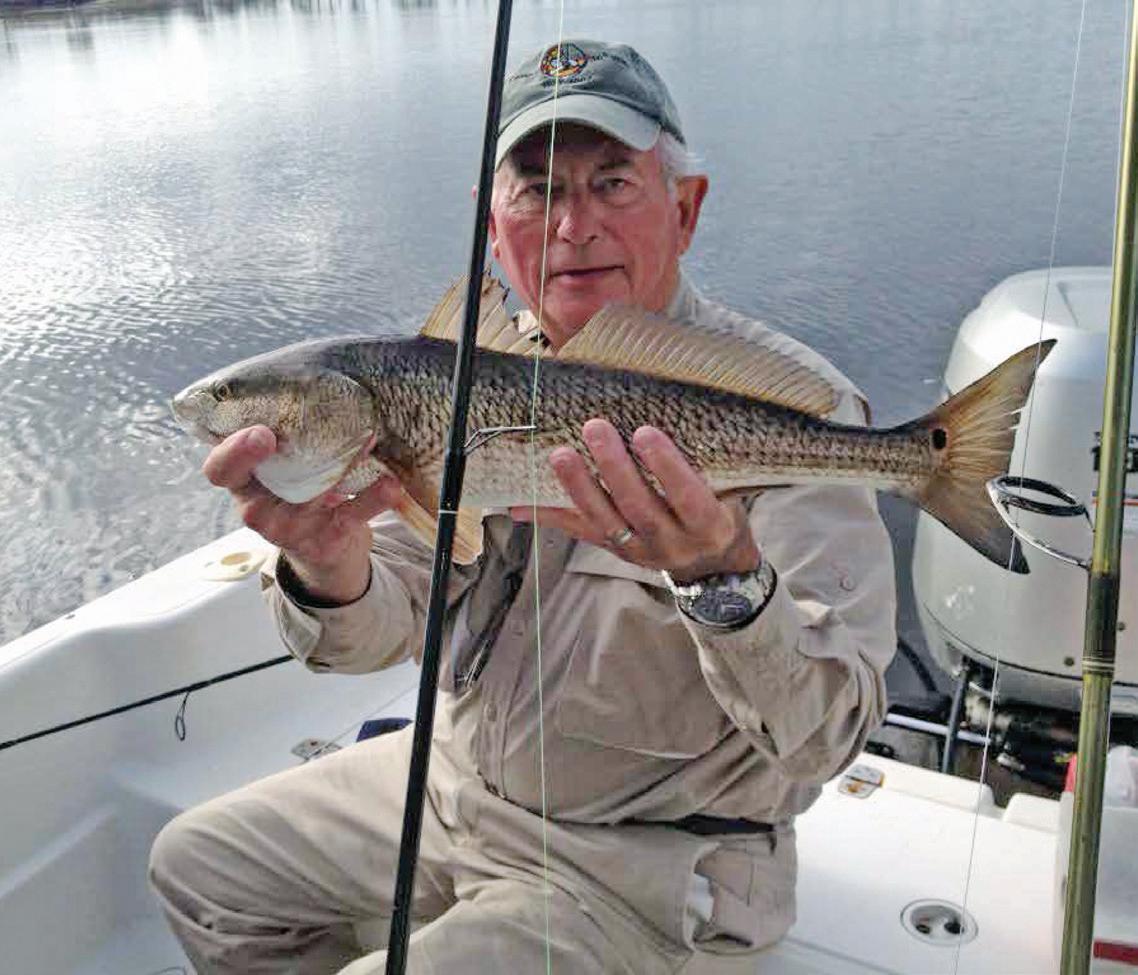
For more record sh, visit coastalanglermag.com.


Some cold but very fun shing days are ahead, and a Trapstyle bait is my absolute favorite way to sh this time of year. Typically sh group up in winter, and whether that be bait sh or bass, there are opportunities that make lipless crankbaits absolutely deadly!
rowing a lipless crank around areas where sh are chasing bait or where they are grouped up has caught lots of bass and some big ones. Even casting this bait as a search bait can work wonders. ere are so many options for lipless cranks that it can get confusing. I’ve experimented plenty, so I hope this article helps.
Traps range from ¼ oz. up to 1 oz. in weight, and every size can be used di erently. I pick sizes depending on the depth I’m shing or the depth of the structure, and I also consider the natural bait that is prevalent in the area. If you’re shing shallow or around tiny bait sh, a ¼-oz. size will be the best bet. A ½-oz. is usually my goto. It’s great for the mid-range depths of 5 to 10 feet, and it imitates a range of bait sh sizes.
A ¾-oz. is a bit bigger, and I don’t throw it as much, but it certainly has its place in 10 to 20-foot depths.


Remember, you can always vary your retrieve to get these baits higher or lower in the water column.
Color is another key factor. Ninety percent of the time, I sh a bait sh color. Whether it’s a shad, shiner or bluegill pattern, natural colors always work for me. I also throw orange or red a lot in winter. ese colors imitate craw sh, and they work where craw sh are prevalent. Match your bait color to the forage in the lake.
e last factor for lipless baits is sound related. ey come in silent, multi-rattle or single-knocker versions. I go silent for very clear water and heavily pressured sh, when appearing natural is important. e multi-rattle baits make a lot of noise, and the commotion draws strikes. My go-to, though, is the one-knocker style. is sound is unique and a little deeper pitched. I feel like sh, over the years, have become accustomed to the loud versions. I nd the single-knocker gets a few more bites in most situations.
With treble hooks, rod selection is important. You just reel into the sh when you get a bite, and this means your rod needs a solid backbone to drive those hooks and also a good amount of tip for keeping sh on during the ght. My go-to rod is a 13 Fishing Omen Black 7’4 Medium Heavy Moderate. e 13 Fishing Concept A 7:5:1 is a perfect reel for this application. I sh 15- to 20-lb. Seaguar Invizx line, depending on the structure I’m shing.
I hope these Trap tips help you put a few more sh in your boat this winter!



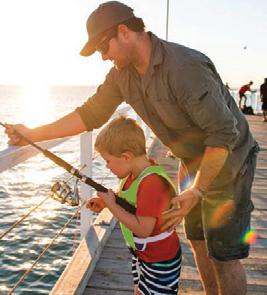

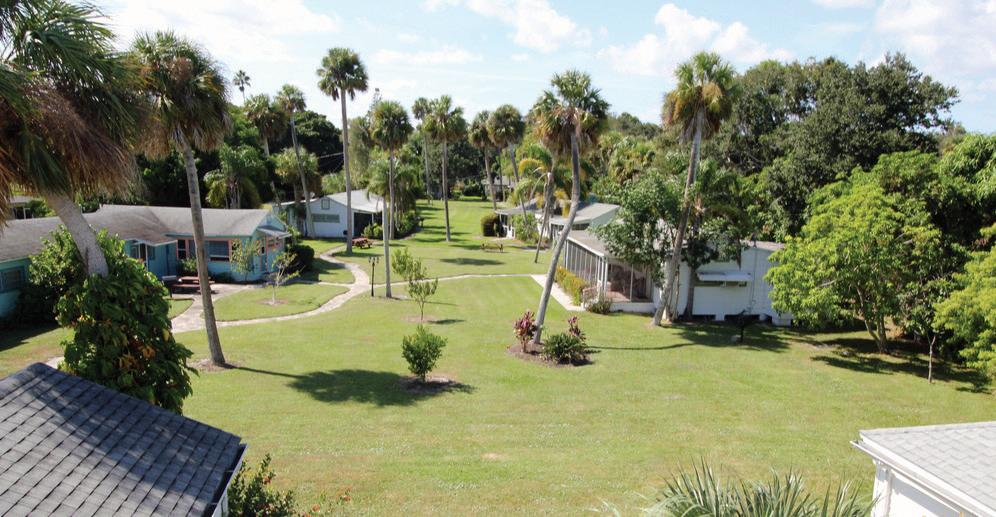
Tyler Woolcott is a professional tournament angler and guide. Check out his website at www.tylerwoolcott shing.com.




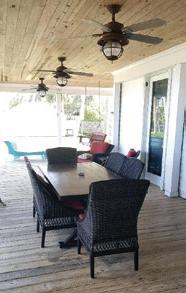
ANew Jersey angler eked out a new state record for albacore (long n) tuna in October when he boated a 78-pound, 2.4-ounce long n that bested the previous 1984 record by 3.4 ounces.
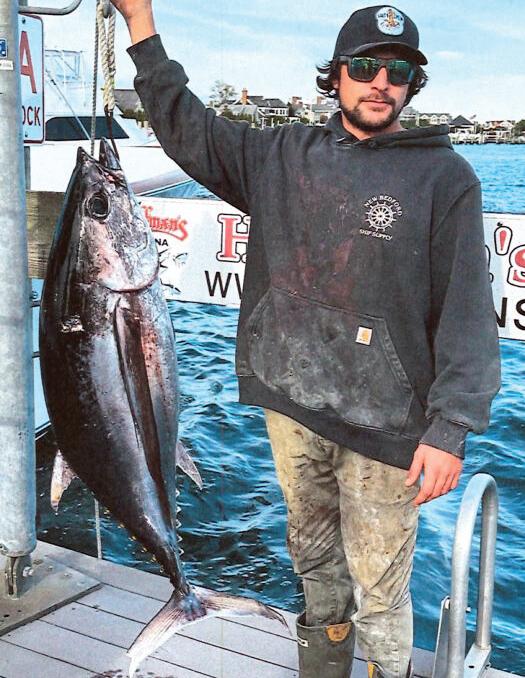
Matthew Florio, of Brick, N.J., is a commercial scalloper and he was shing with the rest of his scalloping crew aboard the Luna Sea at the east elbow of Hudson Canyon, the largest known underwater canyon o the east coast of the U.S. ey were at least 75 miles o shore and chunking for yellow n tuna, which is a technique that involves cutting up a bunch of butter sh and throwing them overboard before following up with hooked chunks of butter sh. e crew was already having a good day with yellow ns when Matthew hooked into his big albacore. He battled it in with a Kevin Bogan 30 Stand Up rod and a Penn 30 reel loaded with 60-pound mono lament. e sh measured 48 and 3/8 inches long and had a girth of 37 inches. e previous record was a 77-pound, 15-ounce long n caught in 1984 by Dr. S. Scannapiego in Spencer Canyon.
For more record sh, see coastalanglermag.com.
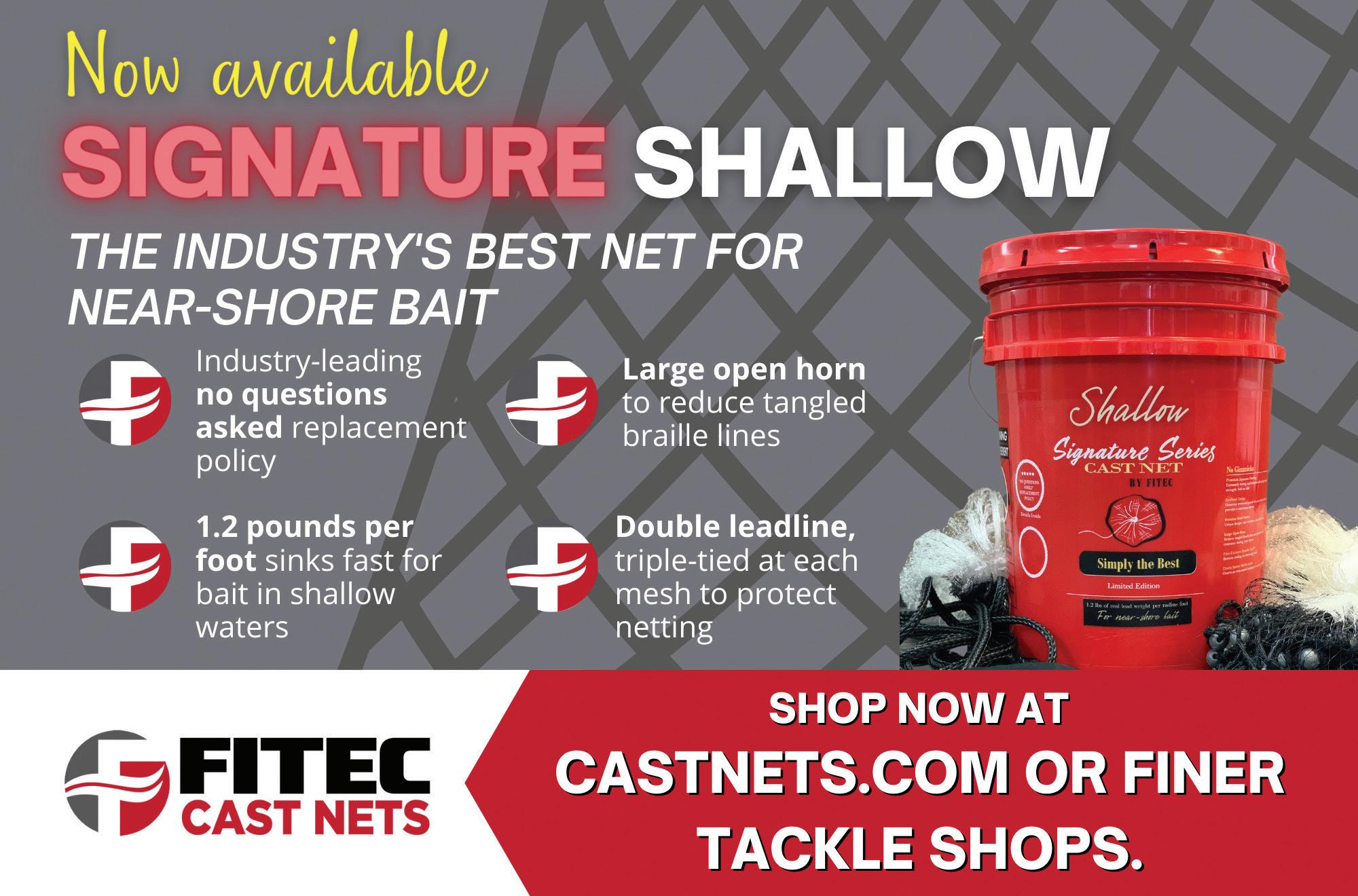

Now that Jack Frost has bay temperatures thoroughly chilled, only diehard lure chuckers will be found stalking the ats. Most of us have one thing in mind this time of year, catching a trophy trout. Here is how I approach my quest for that dirty 30-incher.
When water temperature stabilizes in the COLD range, all the migratory forage ees for warmer pastures. e bays are le with larger mullet as the primary food source for prized speckled trout. is is the time of year that I pull out my larger lures. is could be a longer length, a wider pro le, or both. is doesn’t have to be a 12-inch lure that is no fun to cast all day, but I do upsize from my typical 3- and 4-inch lures that I use most of the year. We have all seen a 25-inch trout with a 15-inch mullet in its belly, so they will eat something huge, but giant baits aren’t as fun to sh.
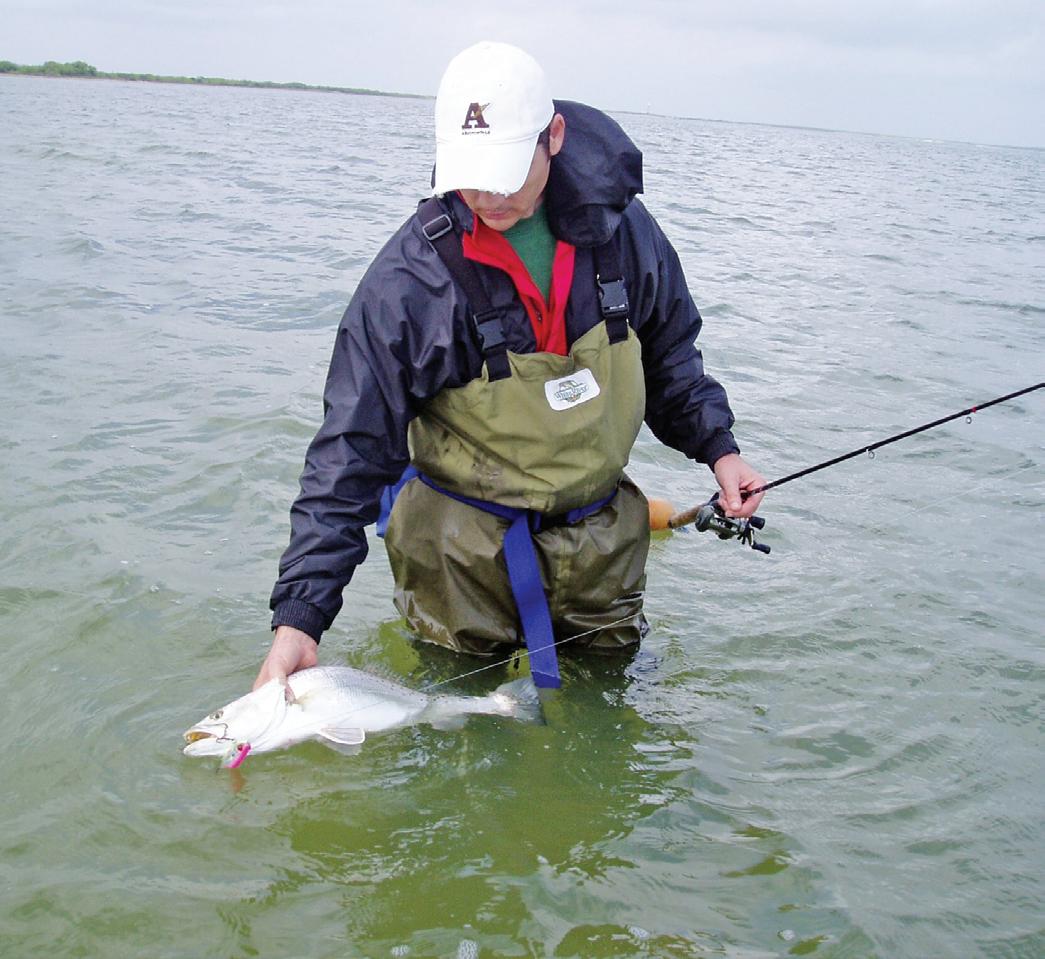
My con dence lures this time of the year are typically a 4-inch wide-pro le slow-sinking lure or a 5-inch bulky body paddletail. Since plastisol is buoyant, the bulky lure will have a slower sink rate, which I prefer under most conditions. e
slower sink allows for dual bene ts this time of year. Logically, the slower sink rate matches the slower mood of a cold sh. Also, I spend a lot of time targeting sh over shallow grass in knee-deep water. A slower sink rate keeps my lure in the strike zone longer before it disappears into the grass.
weedless hook. Depending on the conditions, I might go weightless or with a 1/16- or 1/8-ounce jighead. e weedless version keeps me out of the grass, it lessens the opportunity for my cold, less-dexterous hands to be impaled by a hook, and most of all, it does less damage to the trophy sh that I am targeting.
Areas I target will be near deeper water, have so er bottom, have visible forage, structure and hopefully be lowertra c areas. While planning trips, I take into consideration moon phase, current conditions and recent conditions when determining where to sh.
I have never caught a trophy trout by accident. I don’t know if that is lucky or unlucky, but every trout I have landed over 27 inches was on a day when I set out speci cally targeting larger sh. Case in point, if you want to catch trophy trout consistently, you must make the e ort to target them, sh where they live and be attentive to details. I know numerous anglers have caught large trout with no e ort, but most don’t catch two.
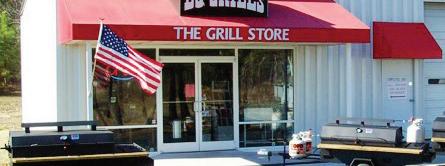

I t my 5-inch rattling paddletail with a

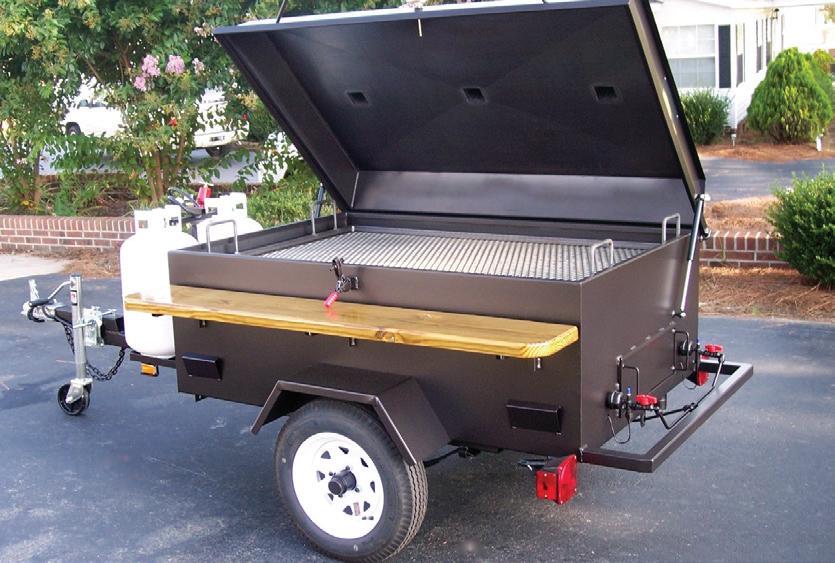
Capt. Michael Okruhlik is the inventor of Knockin Tail Lures®, and the owner of www.MyCoastOutdoors.com.
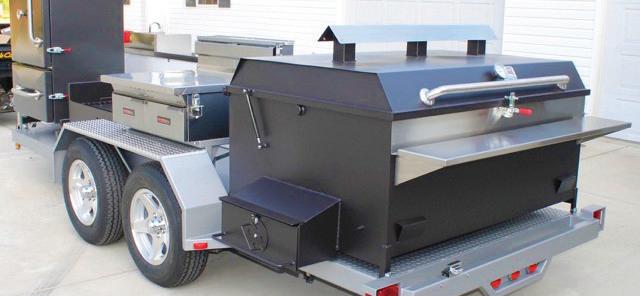
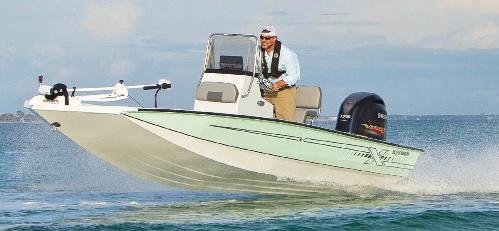
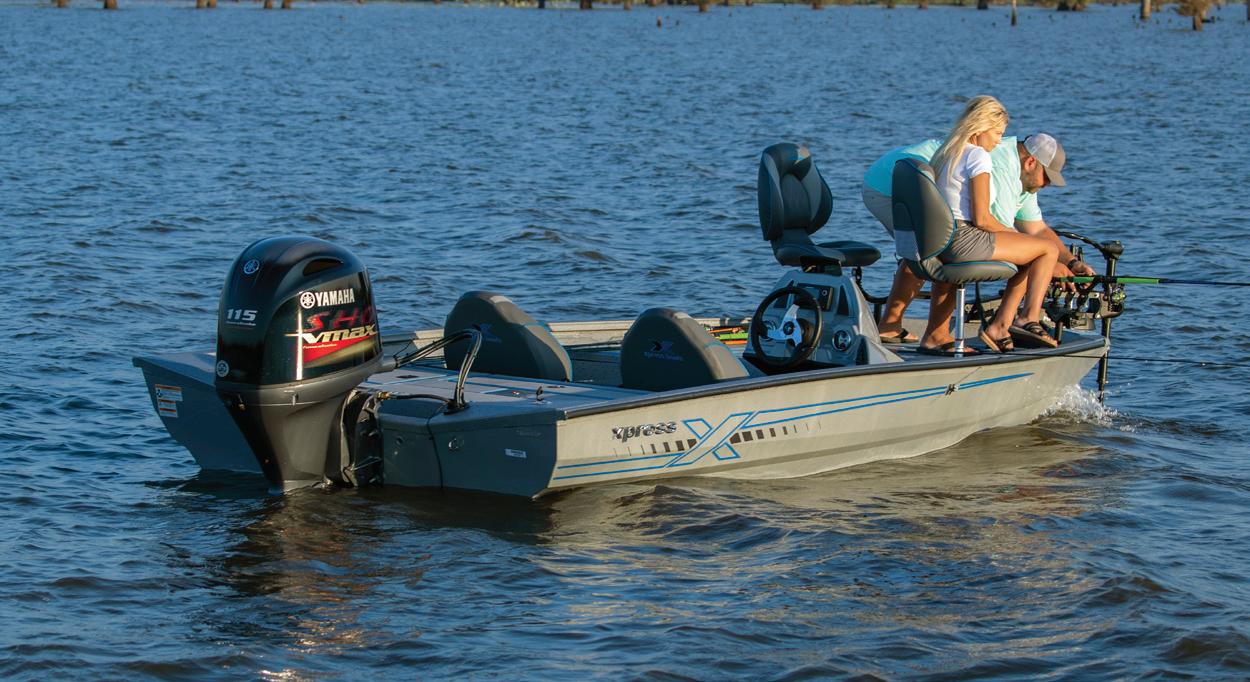


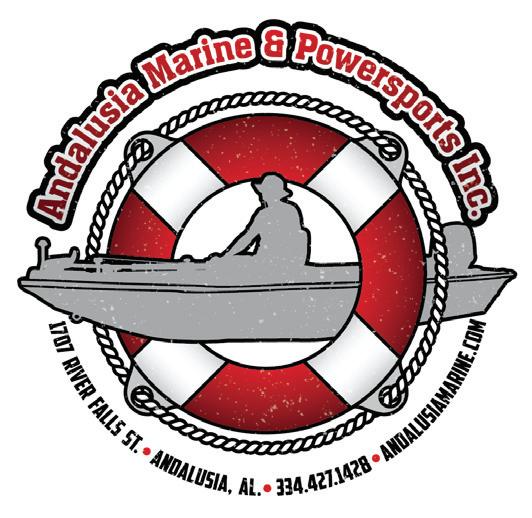










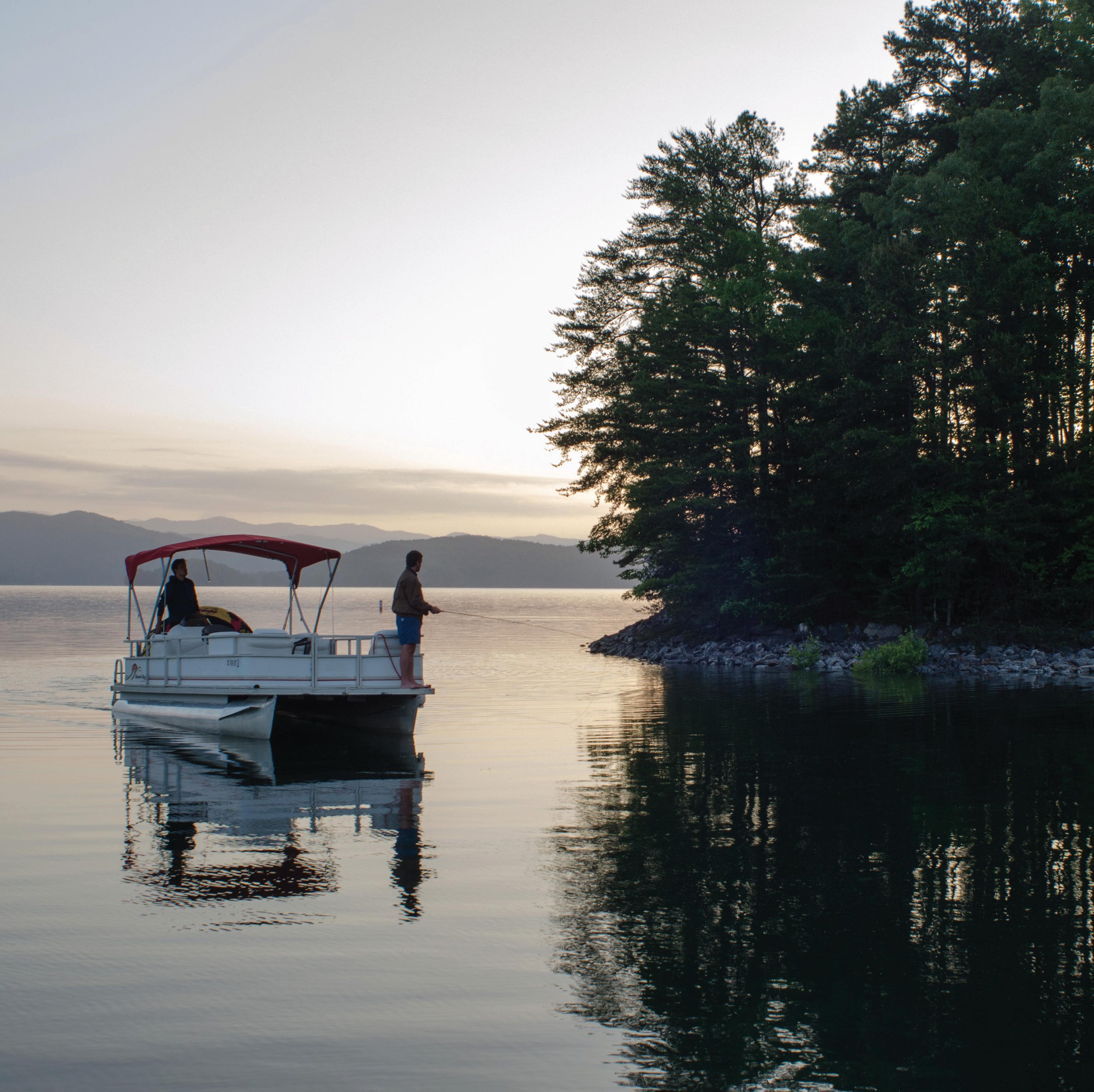
Every season is the best season to explore the many treasures in the Upcountry.


